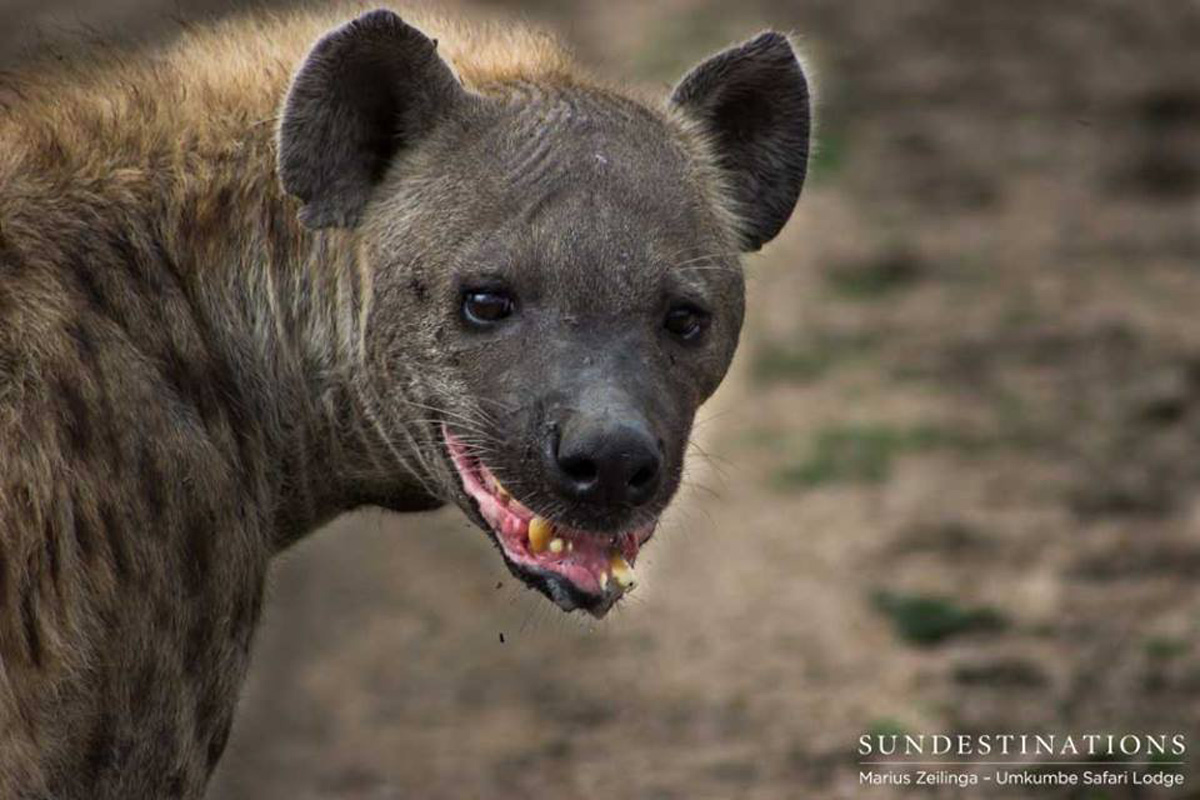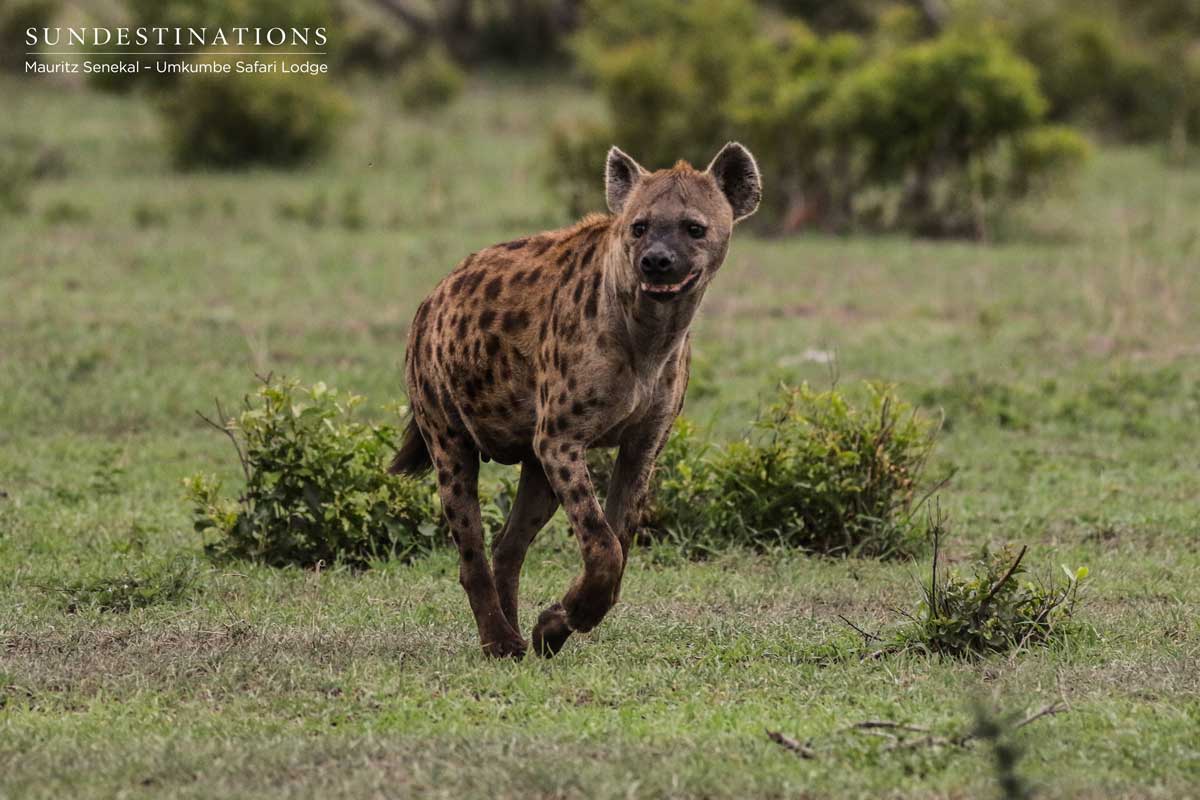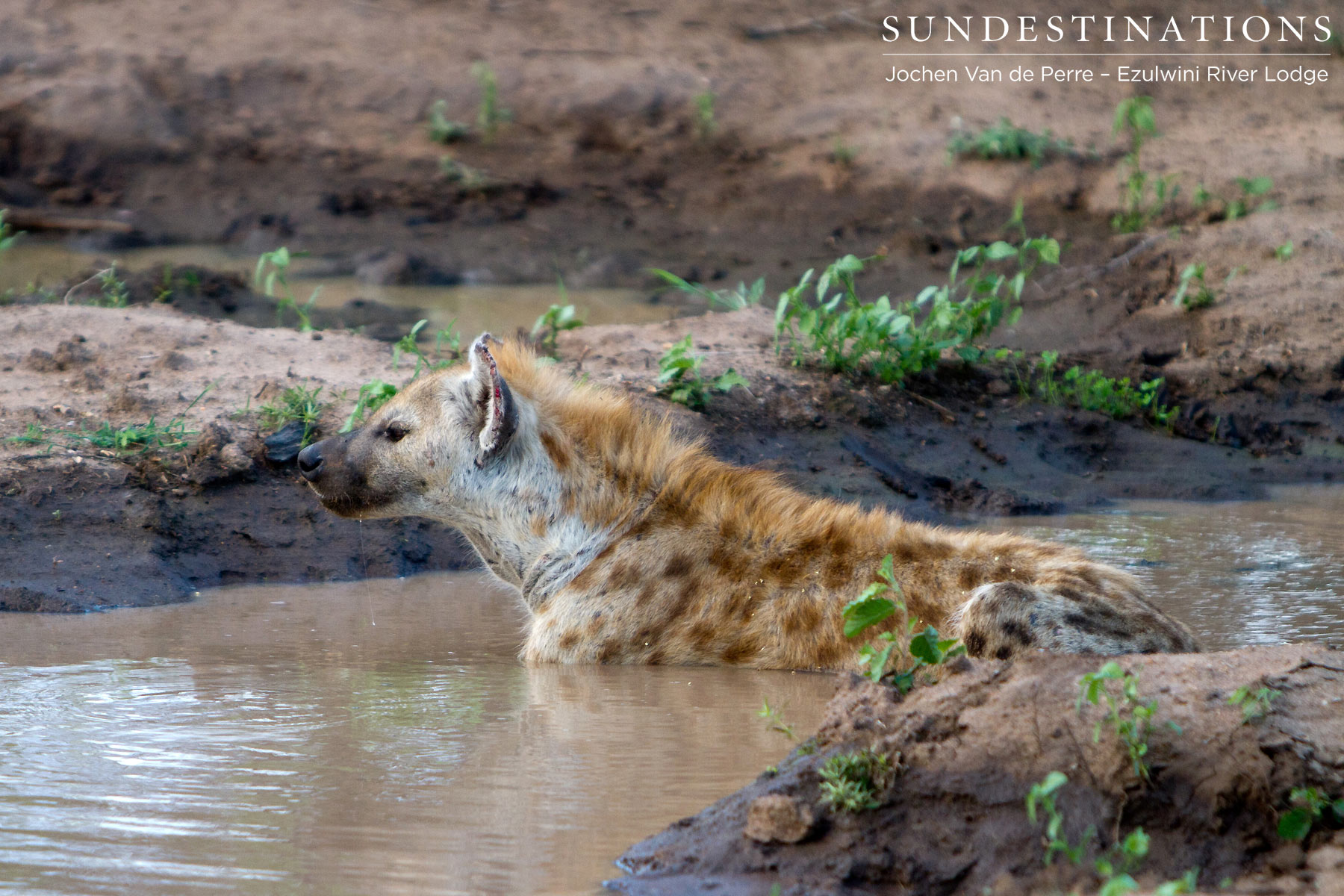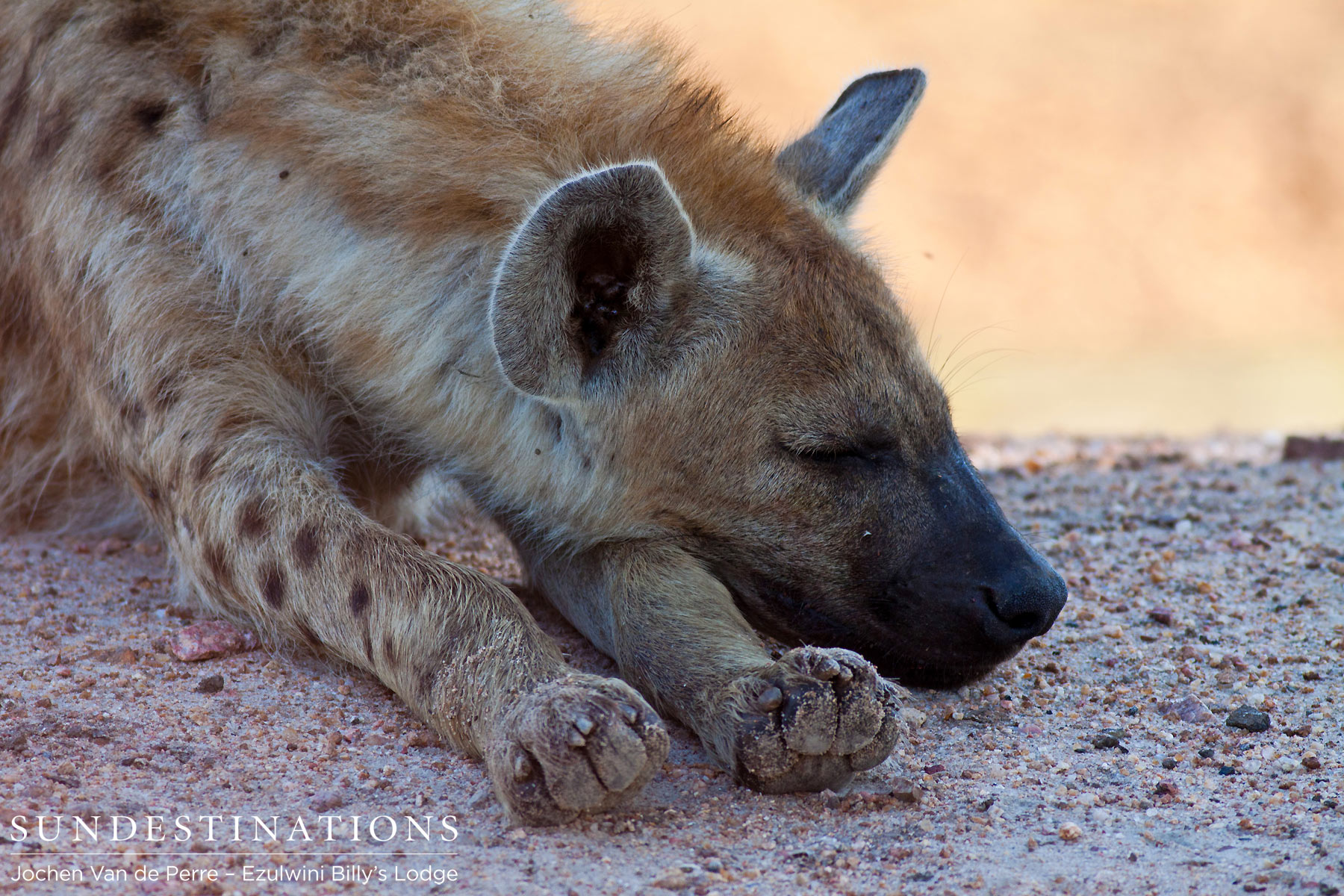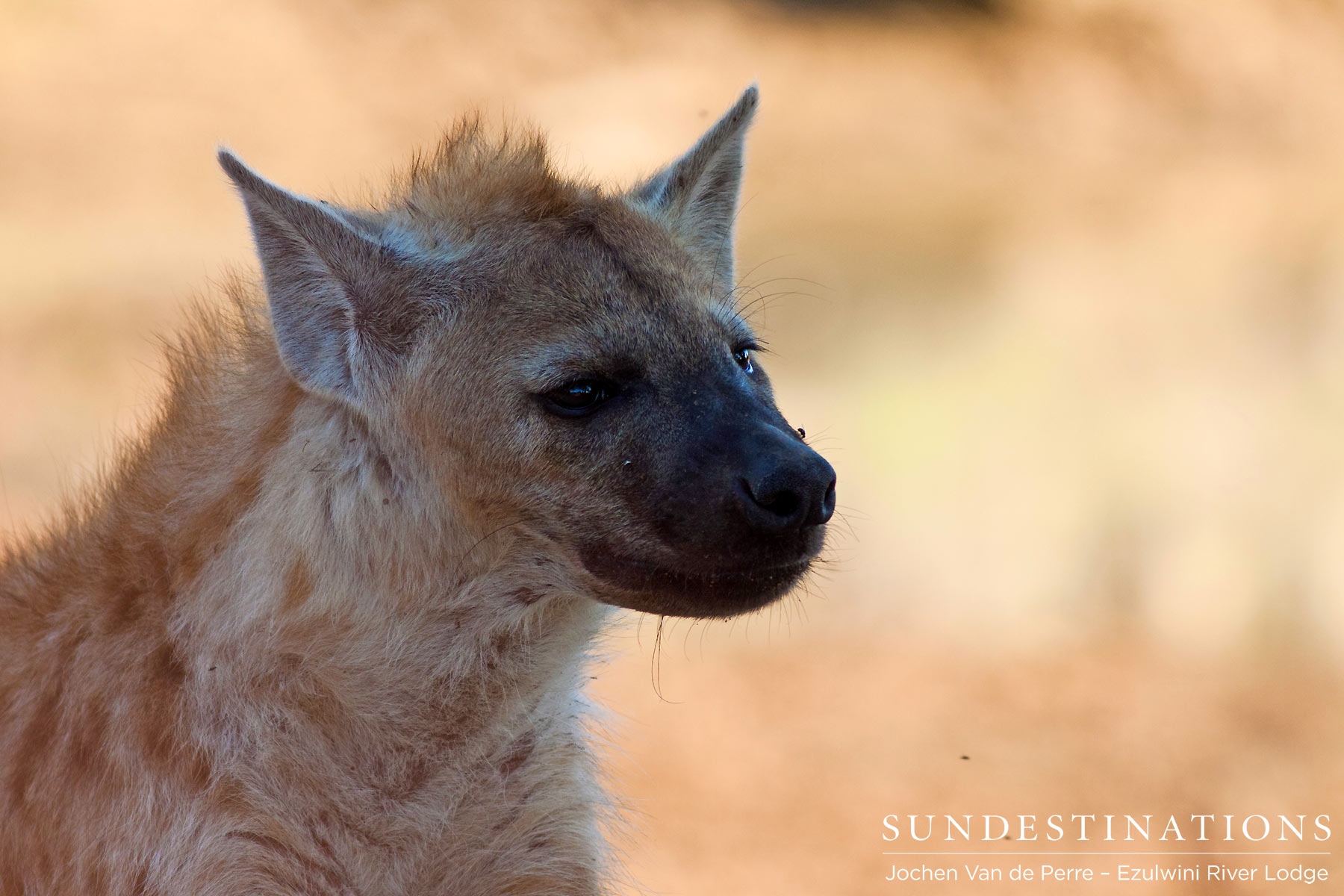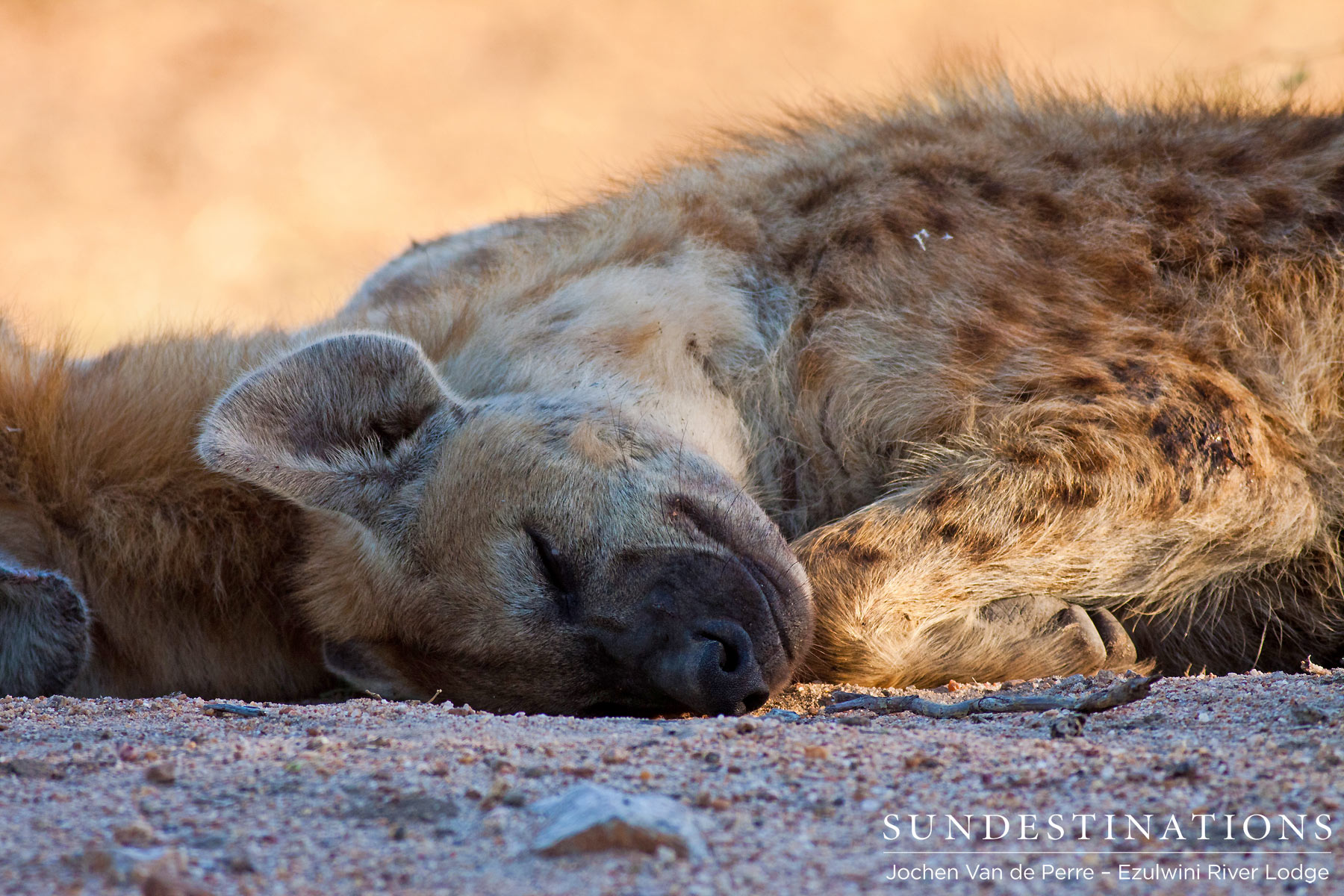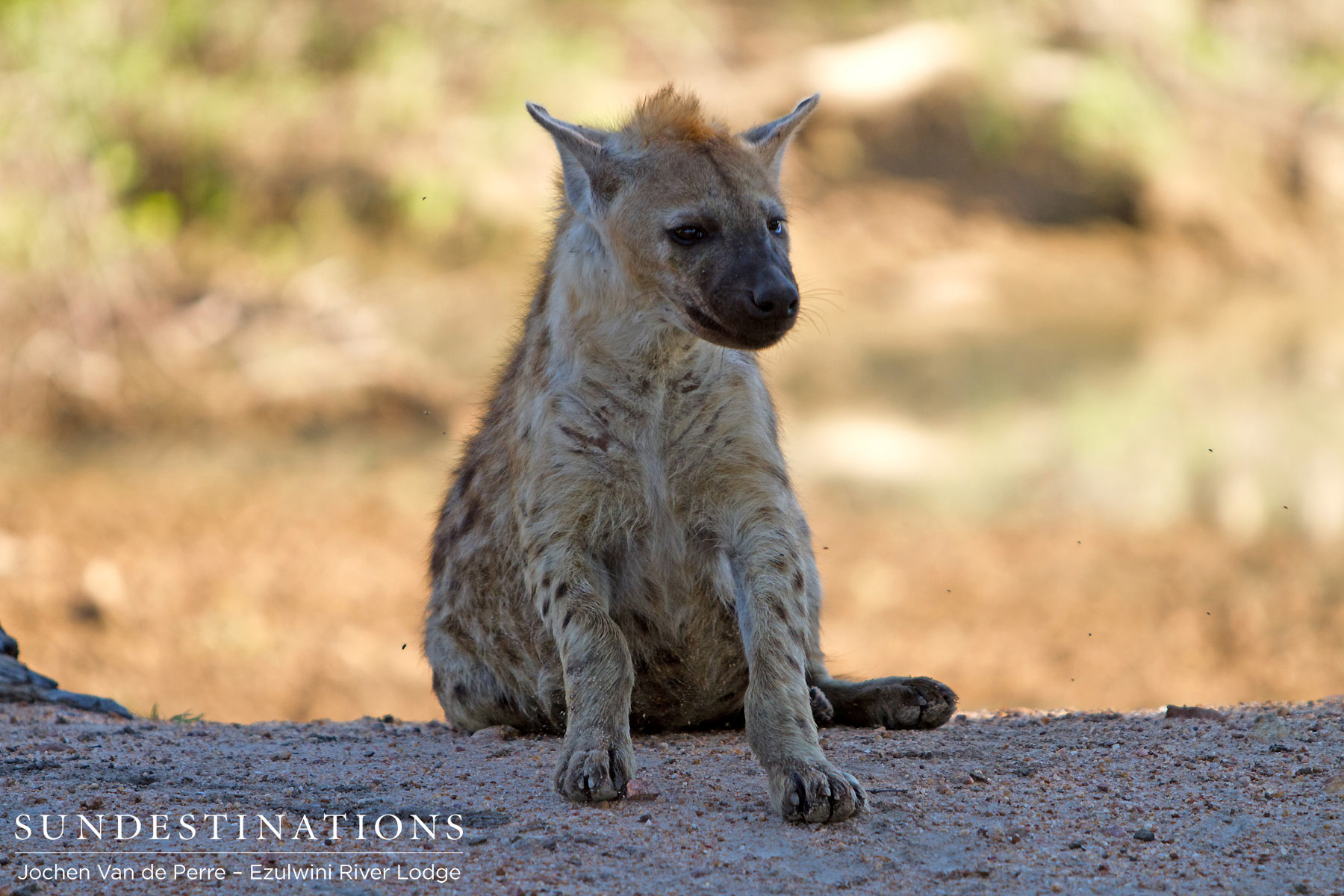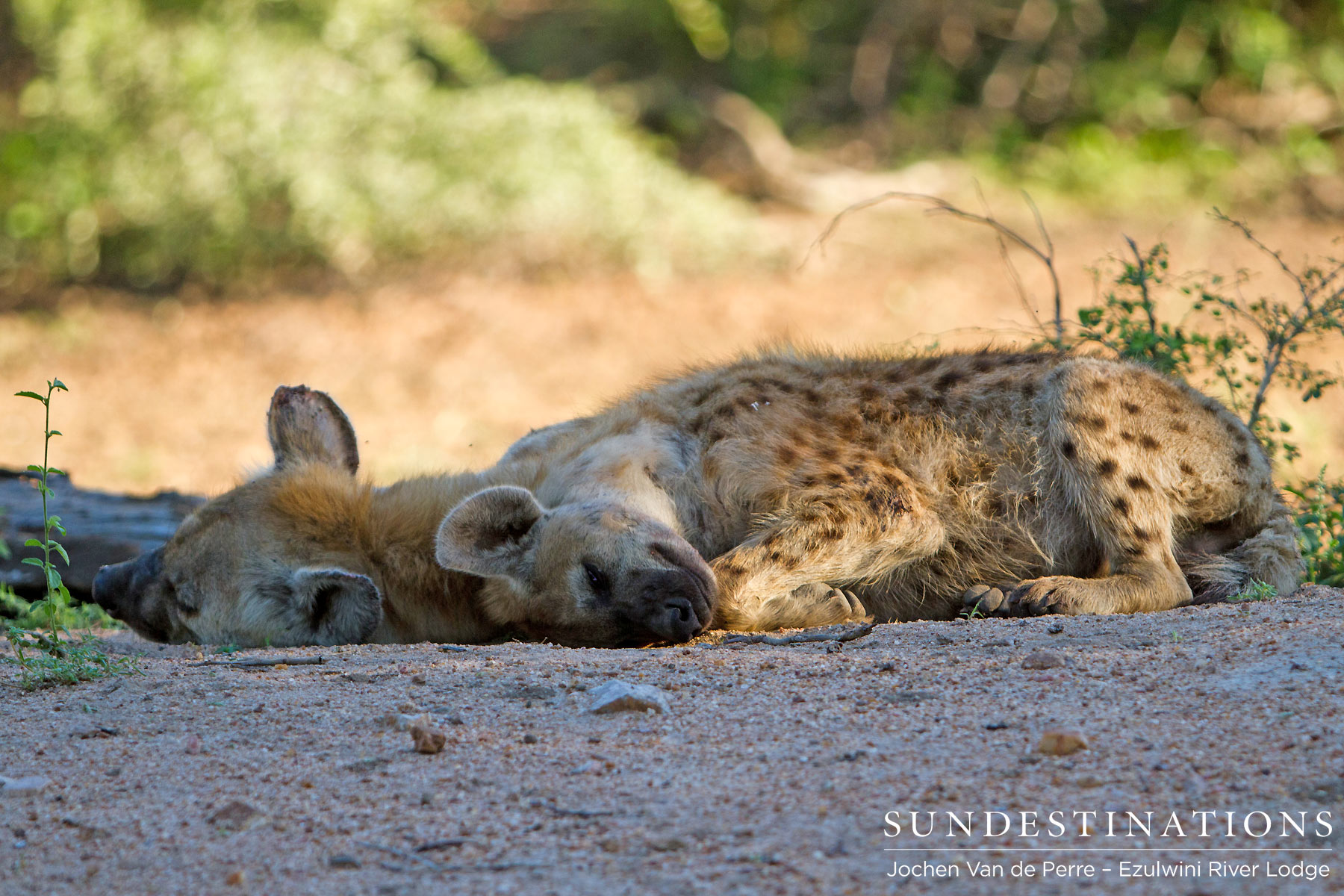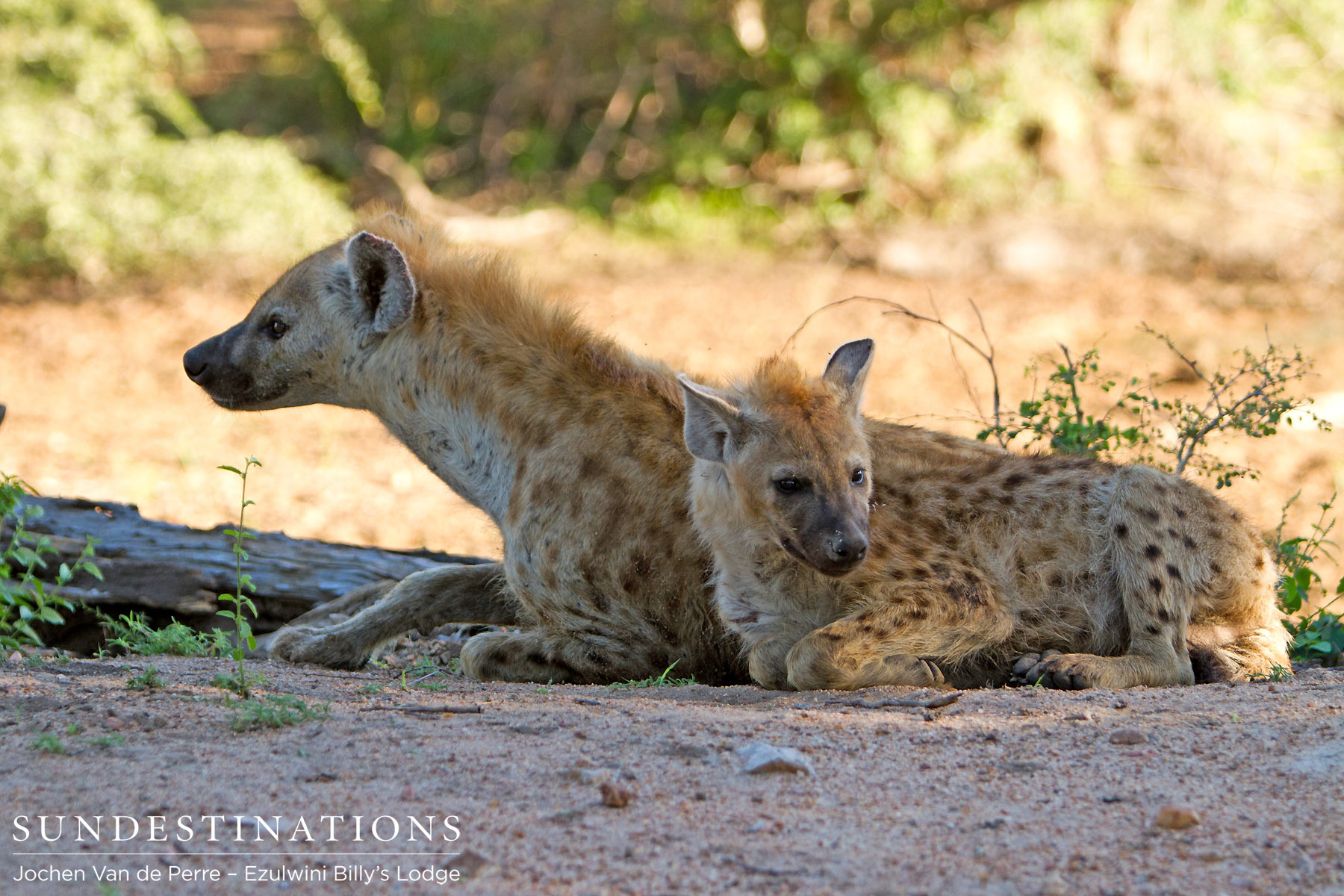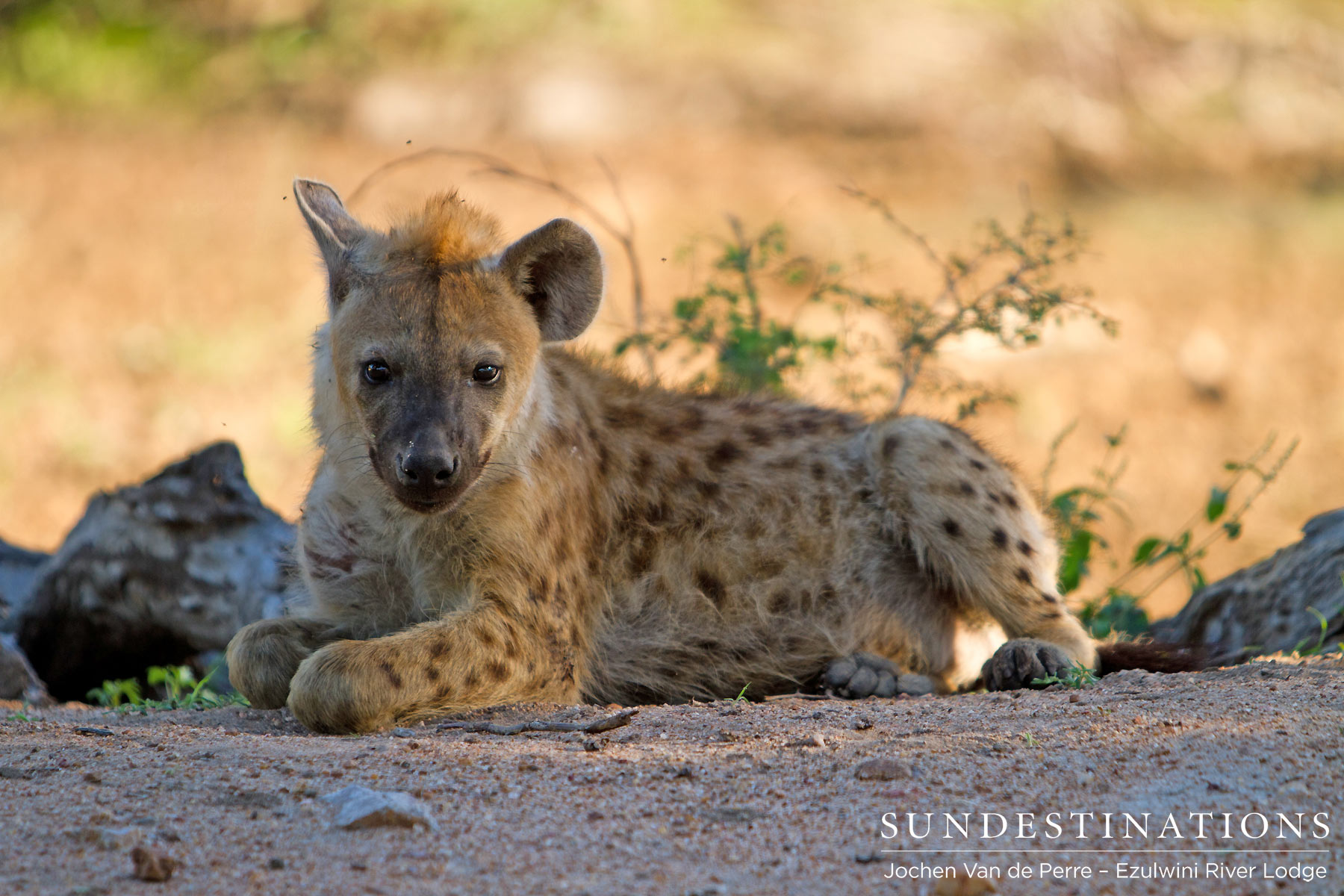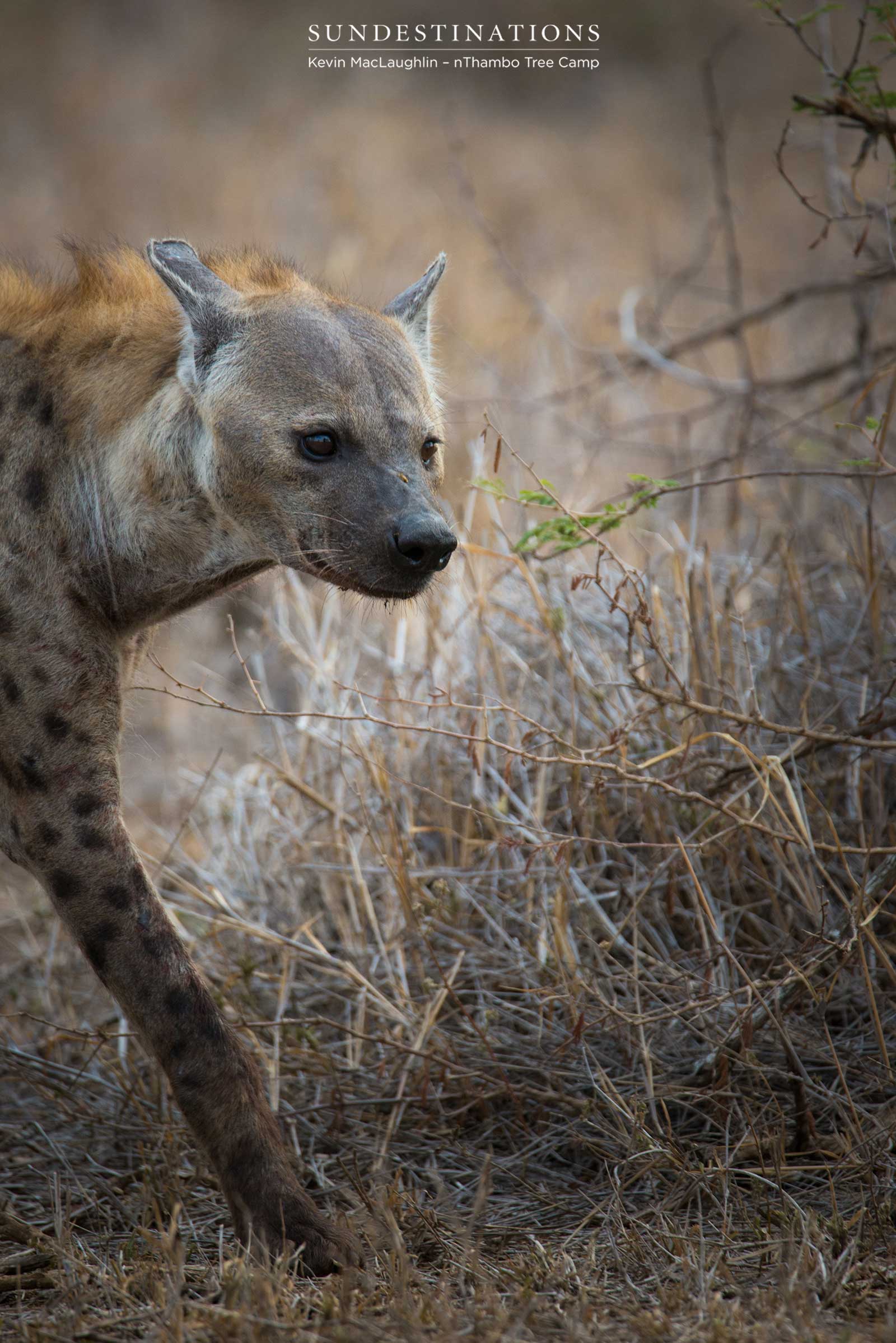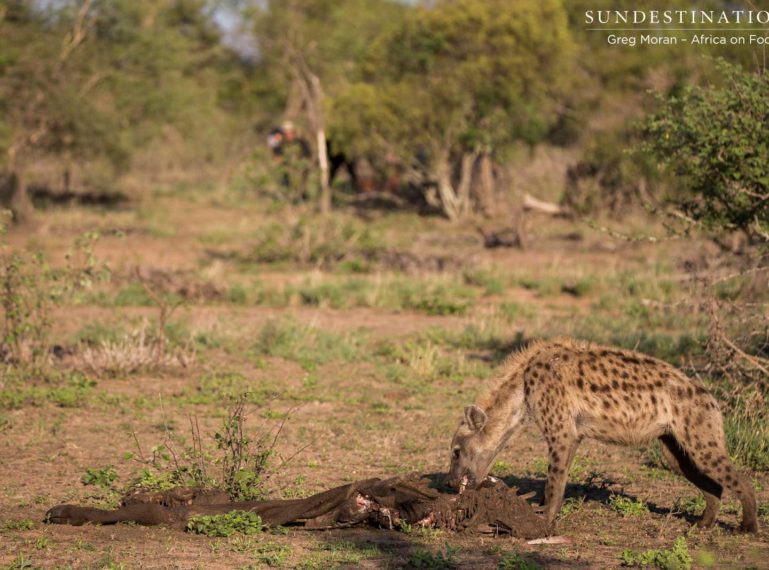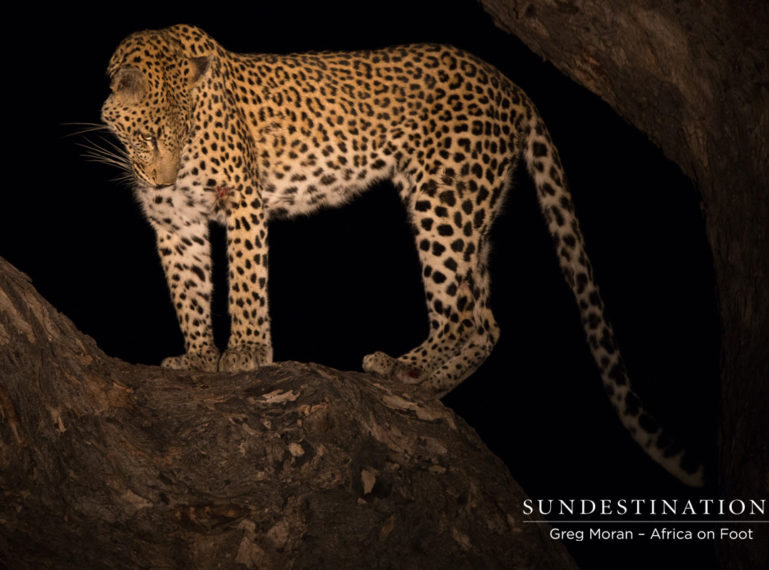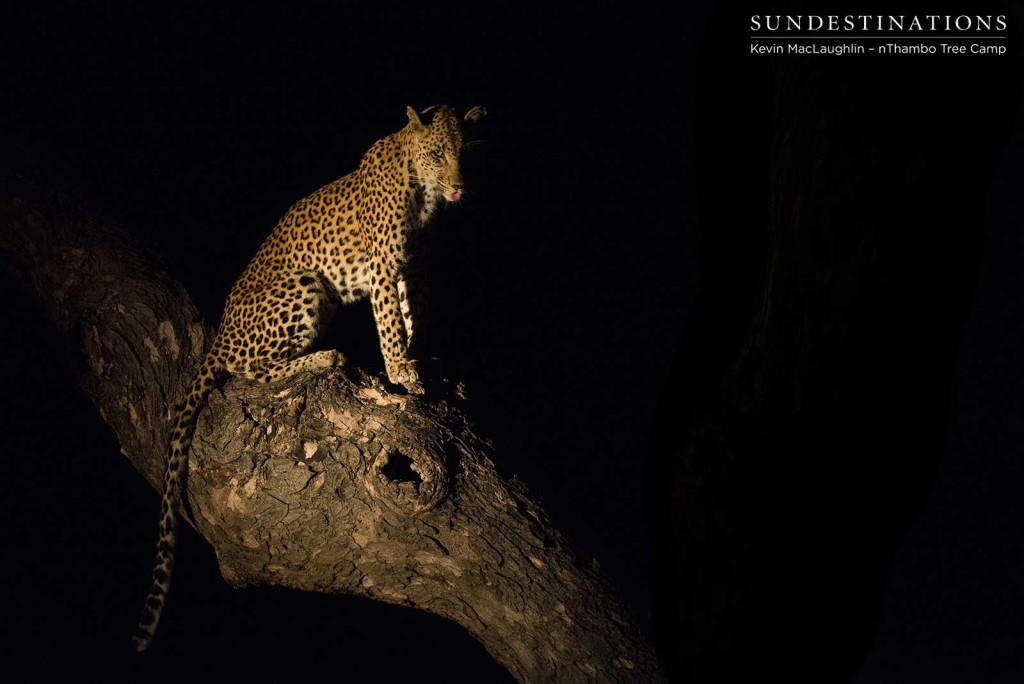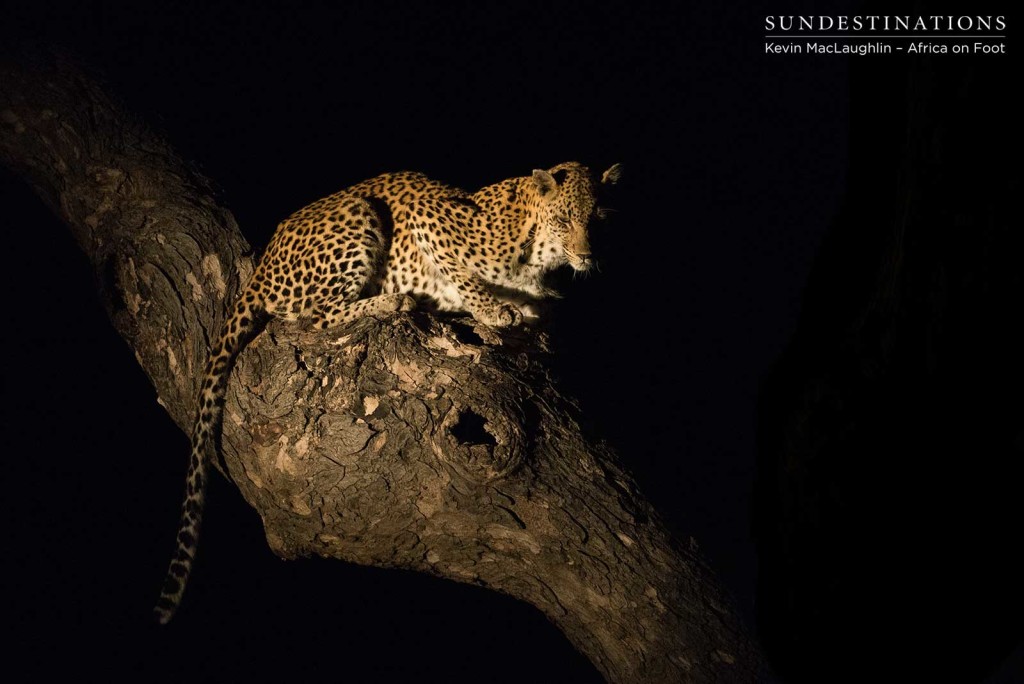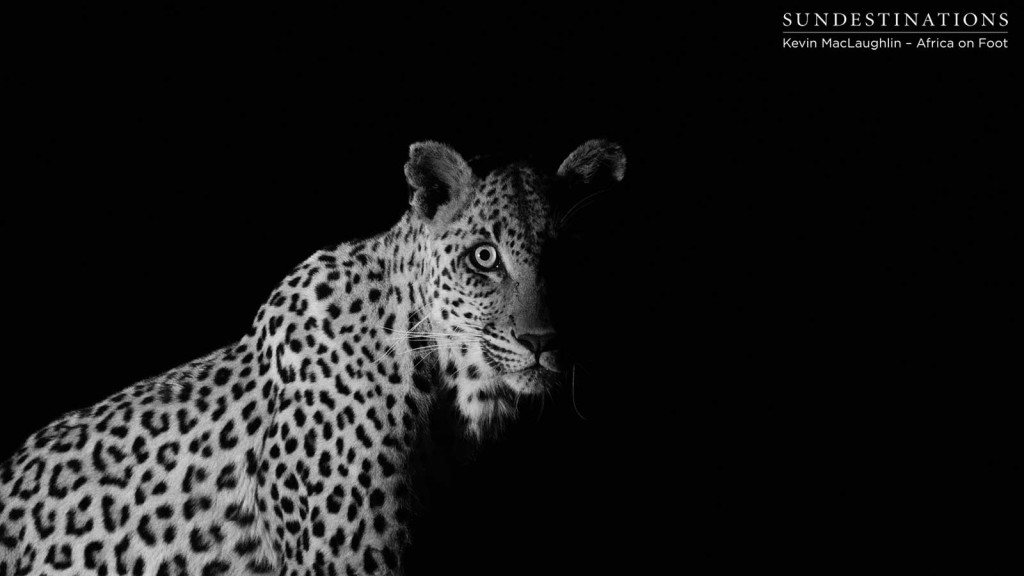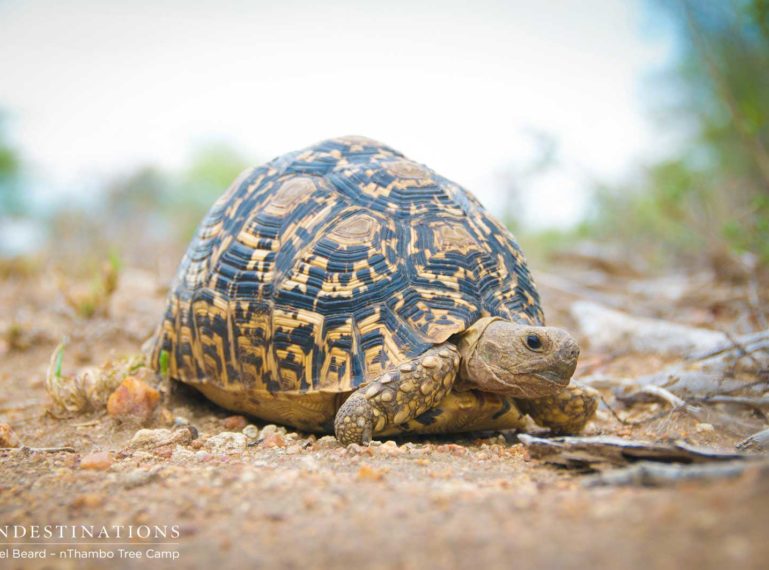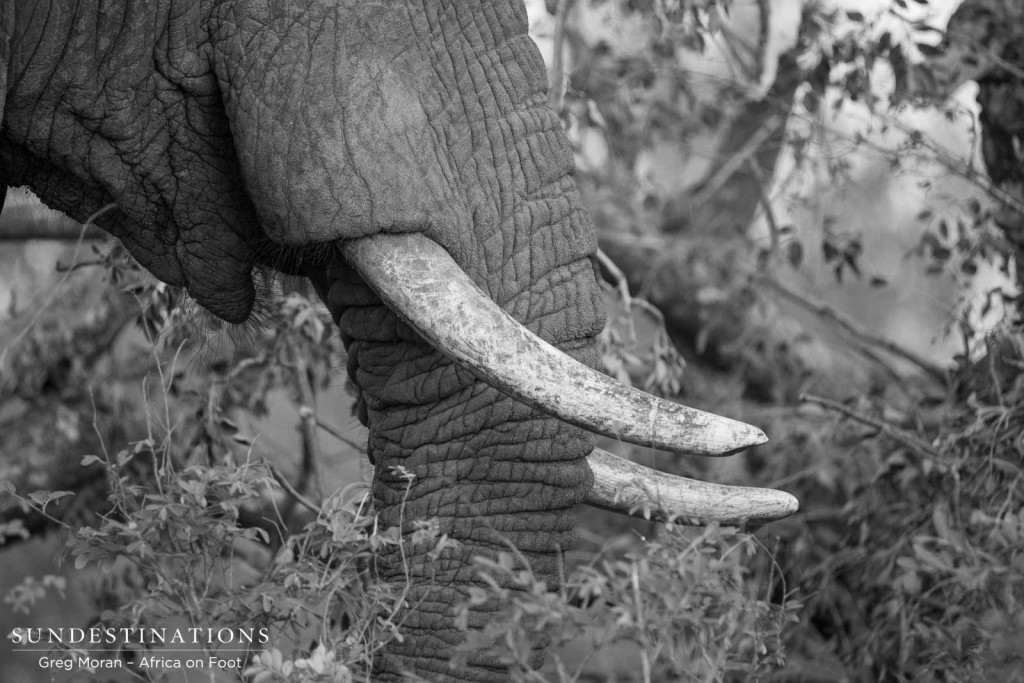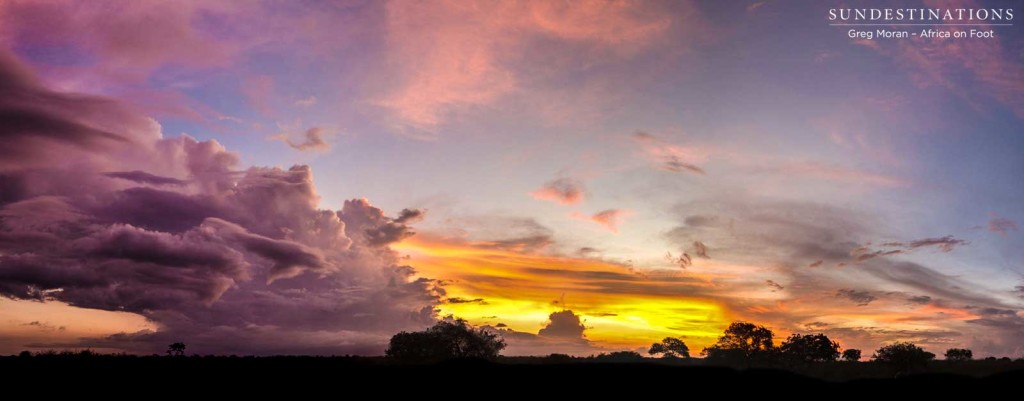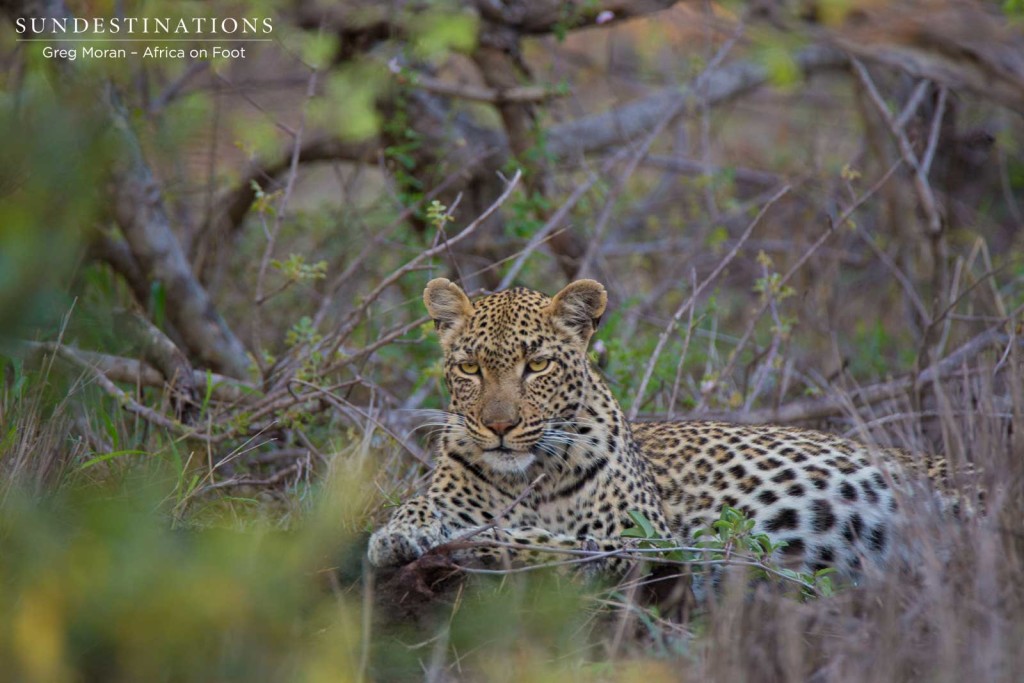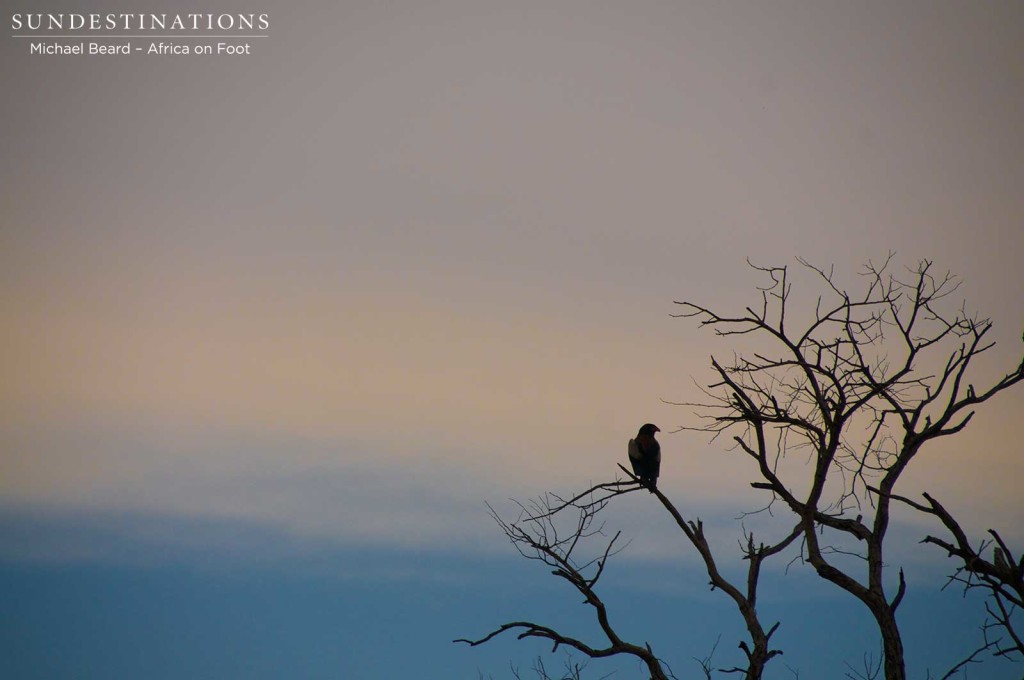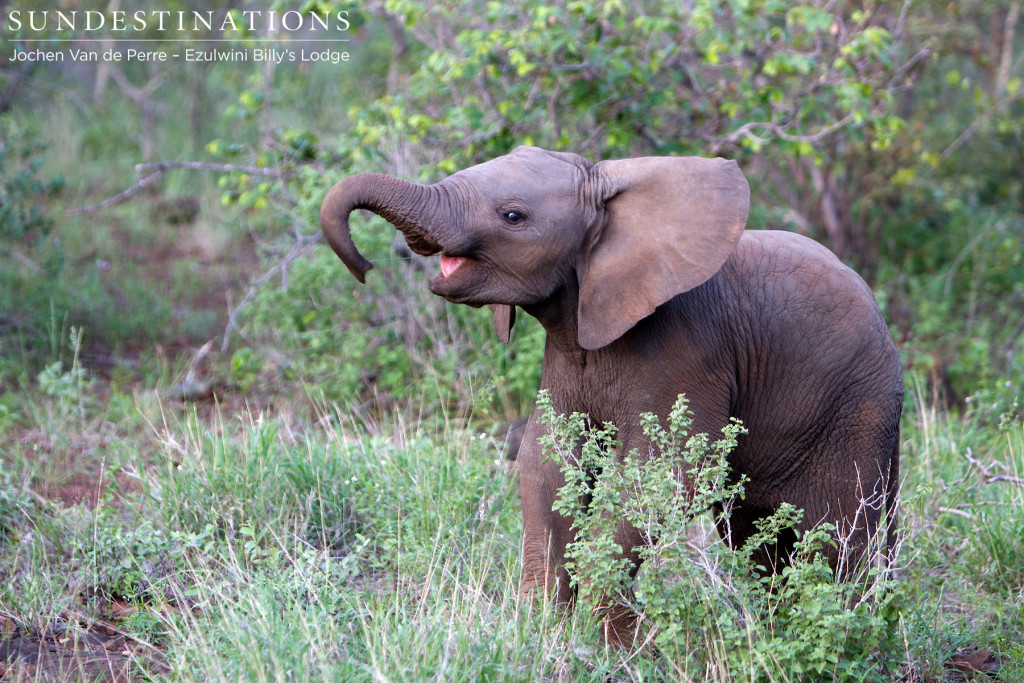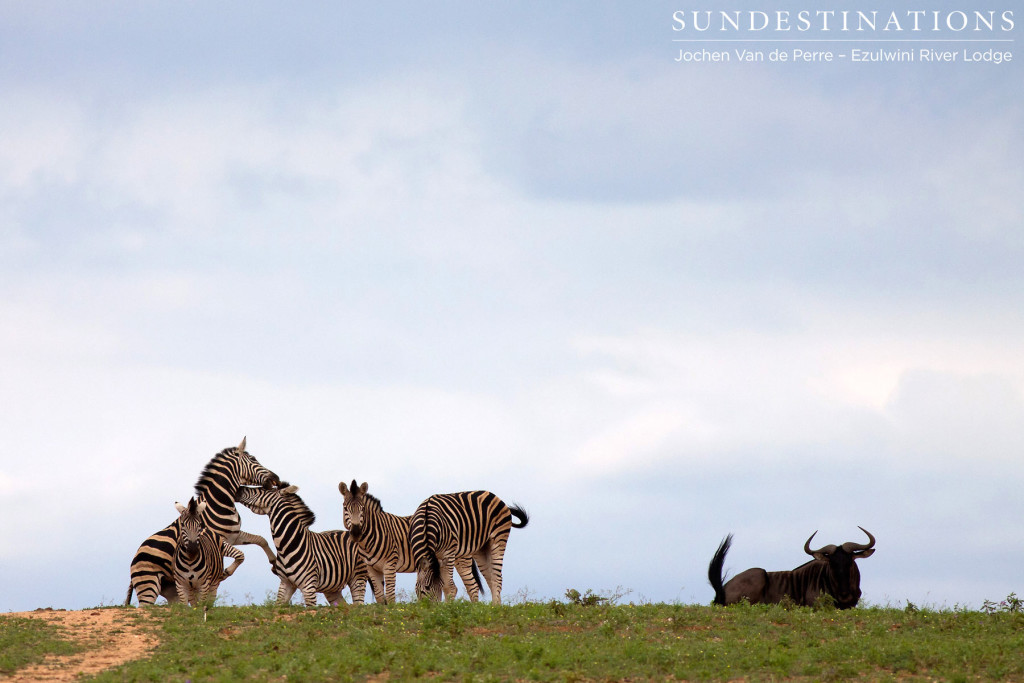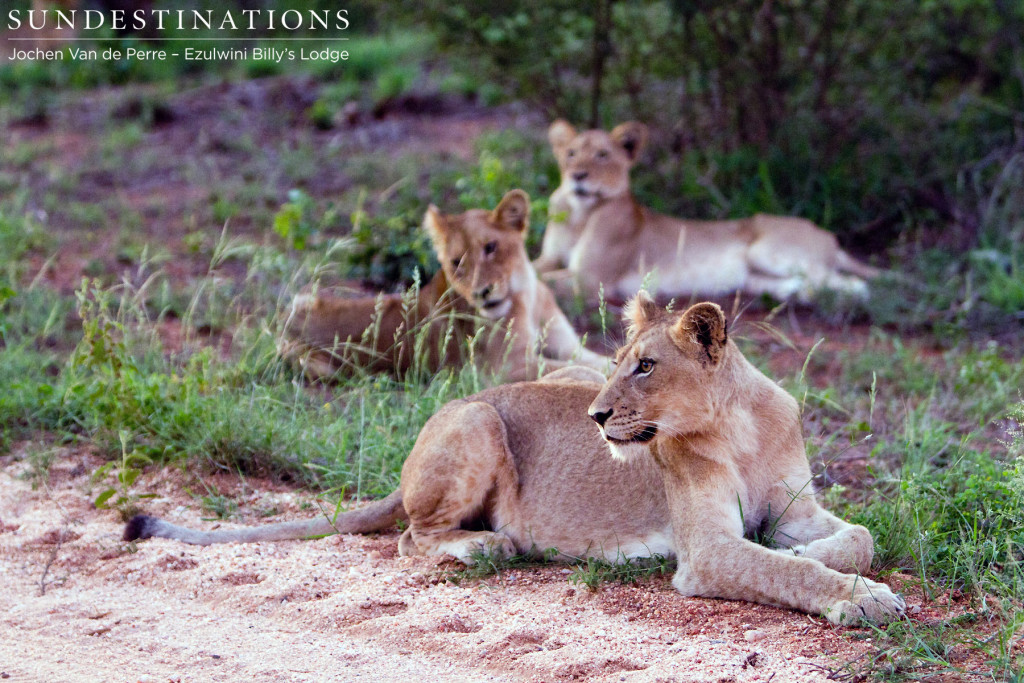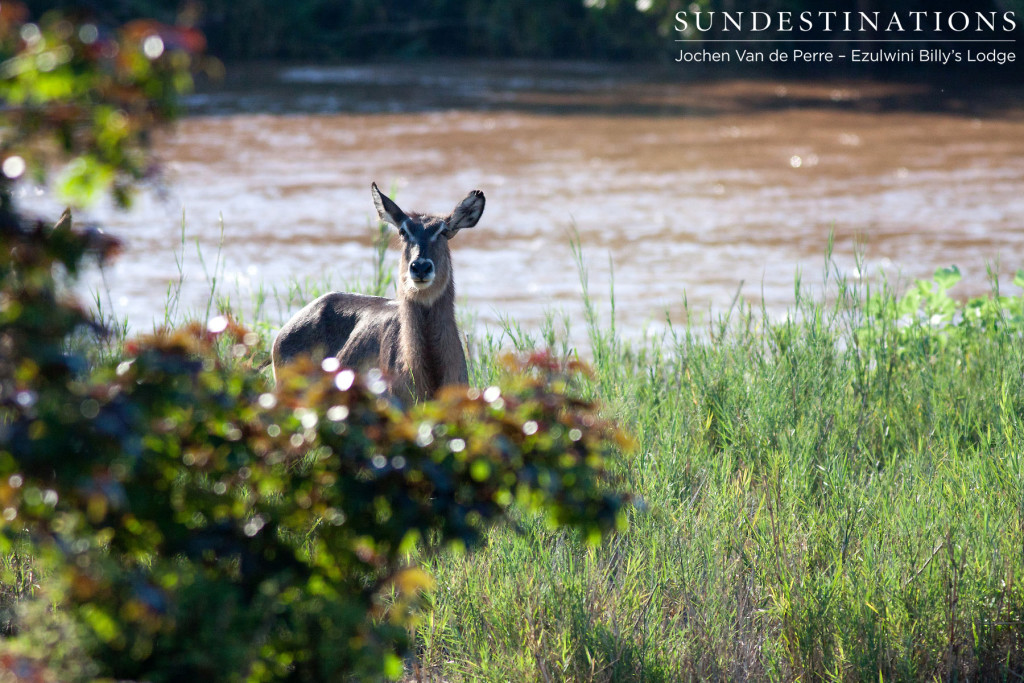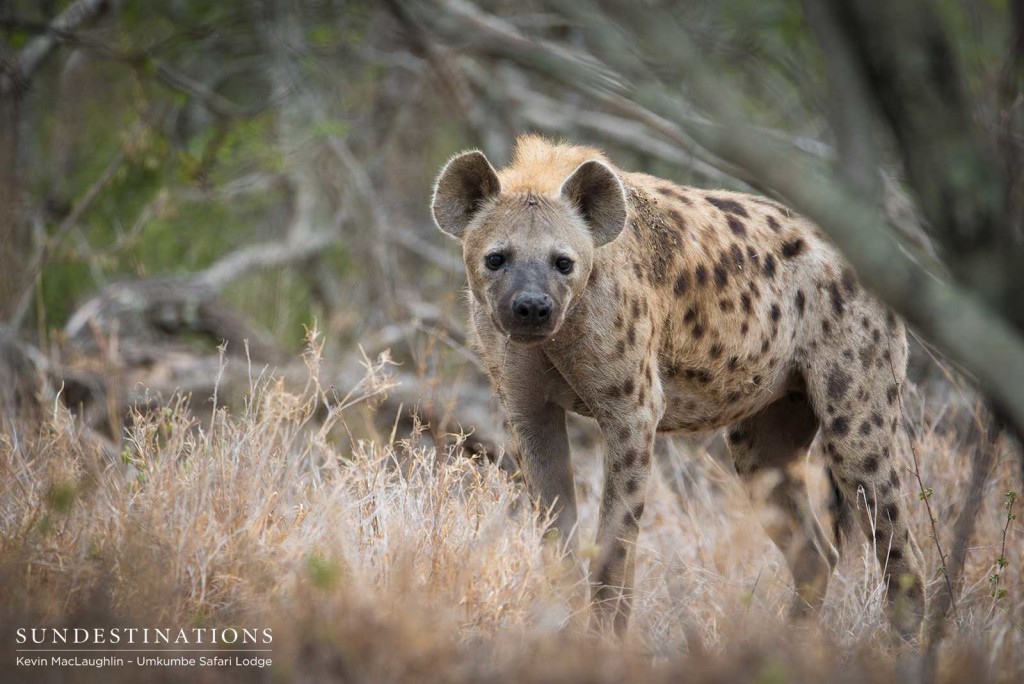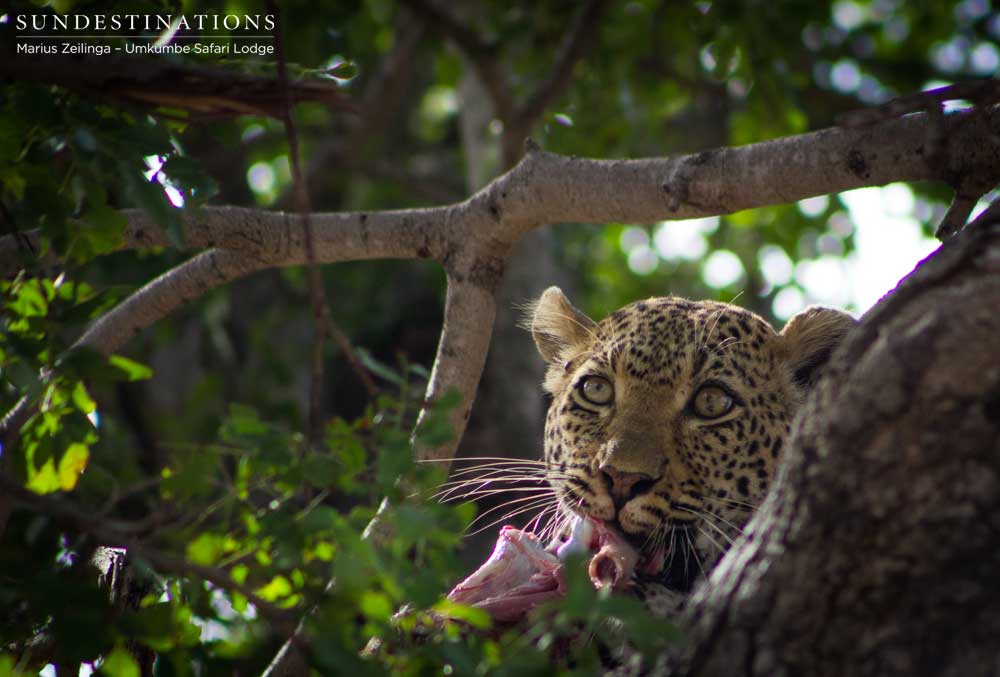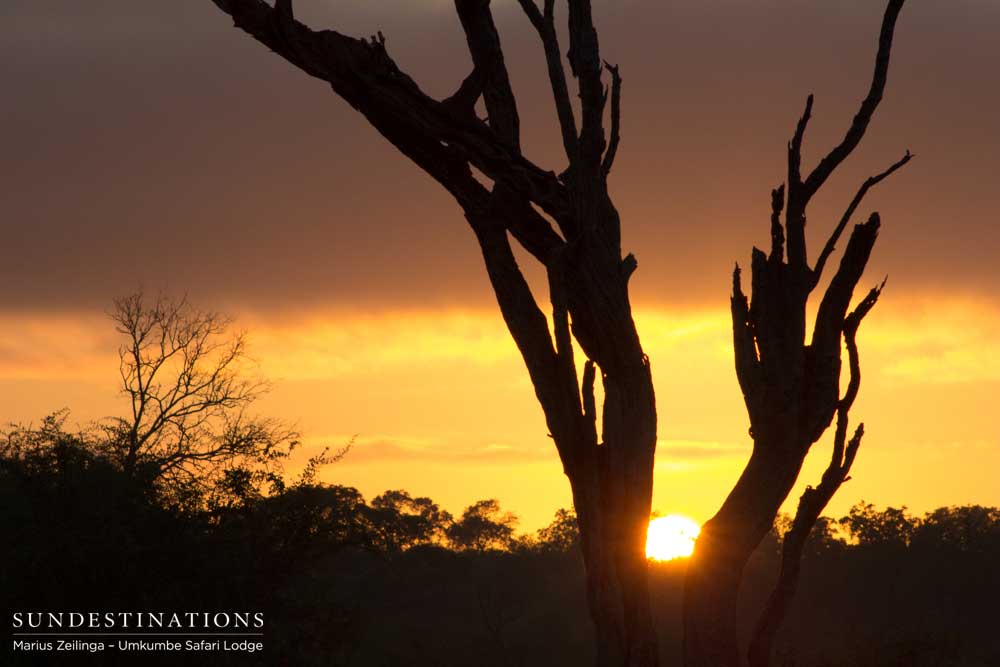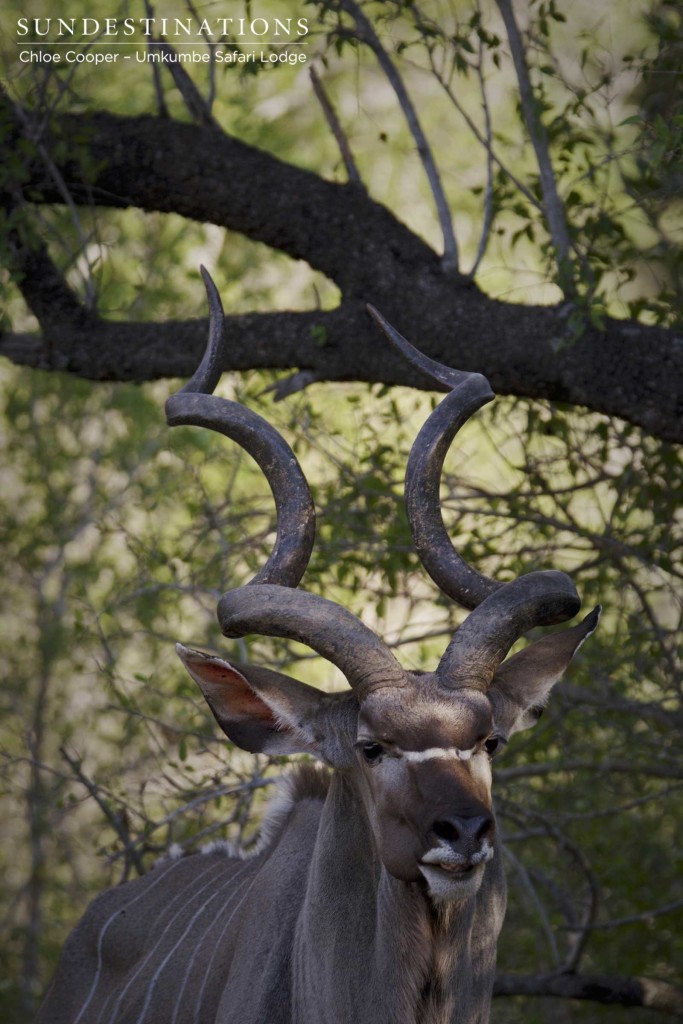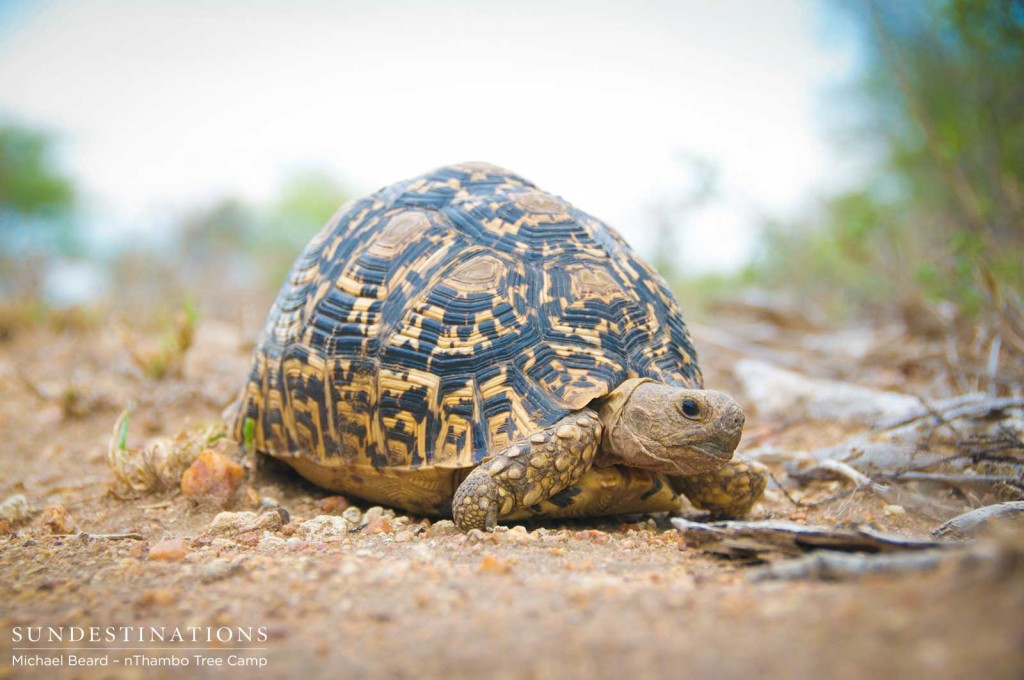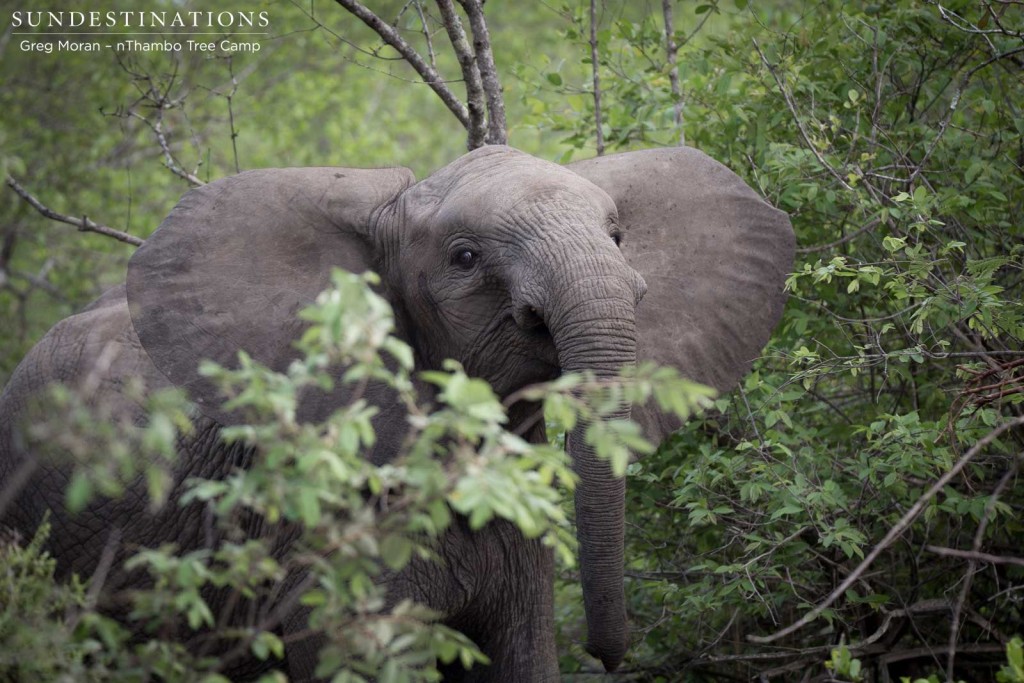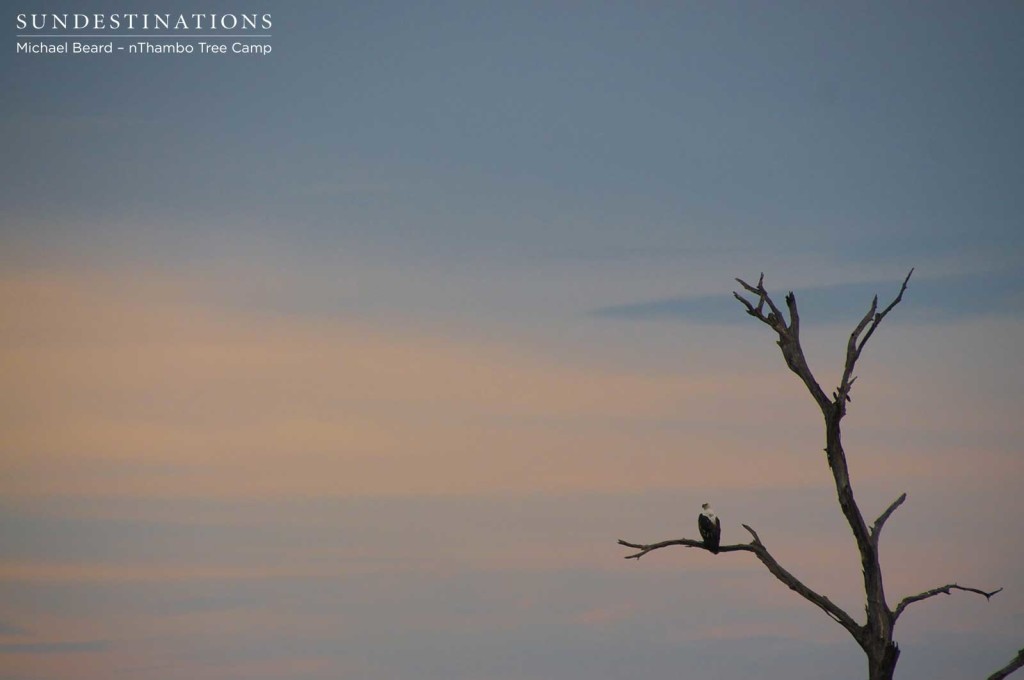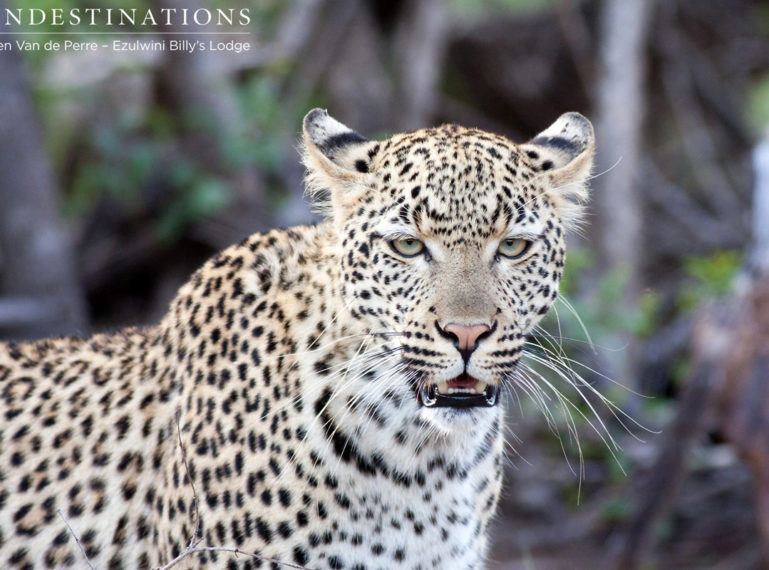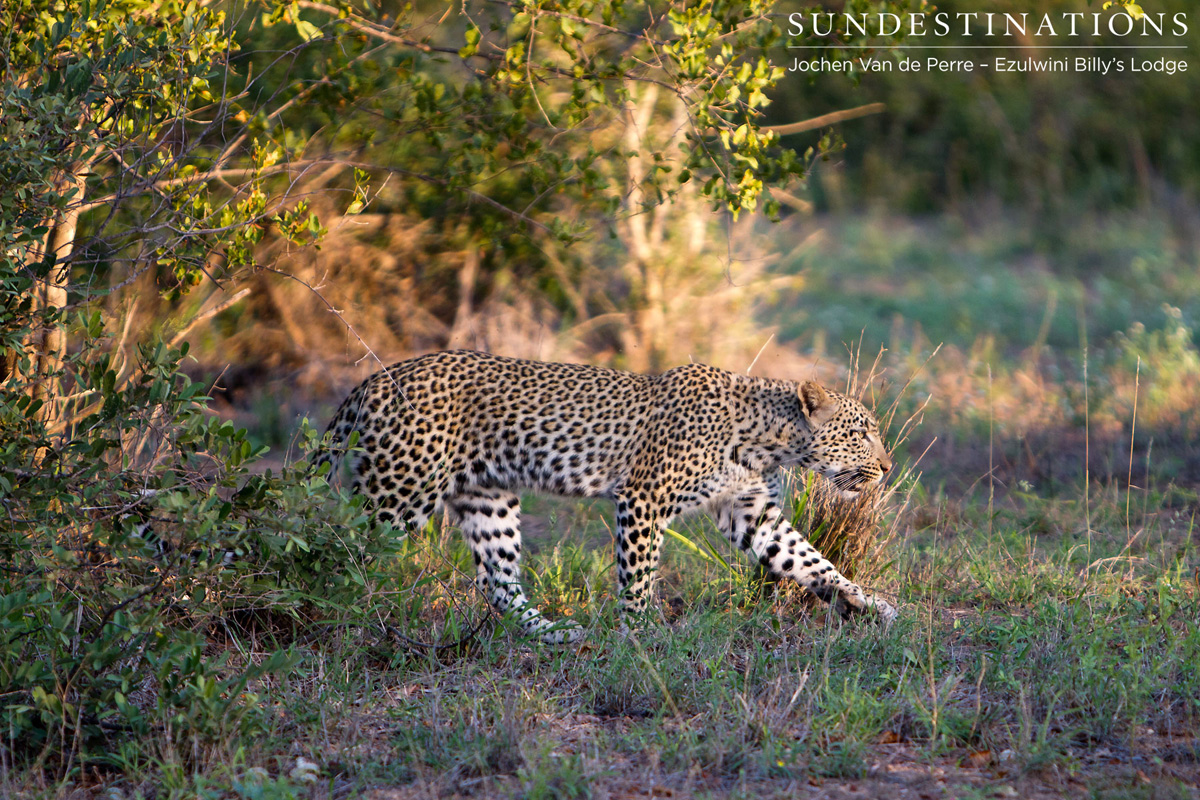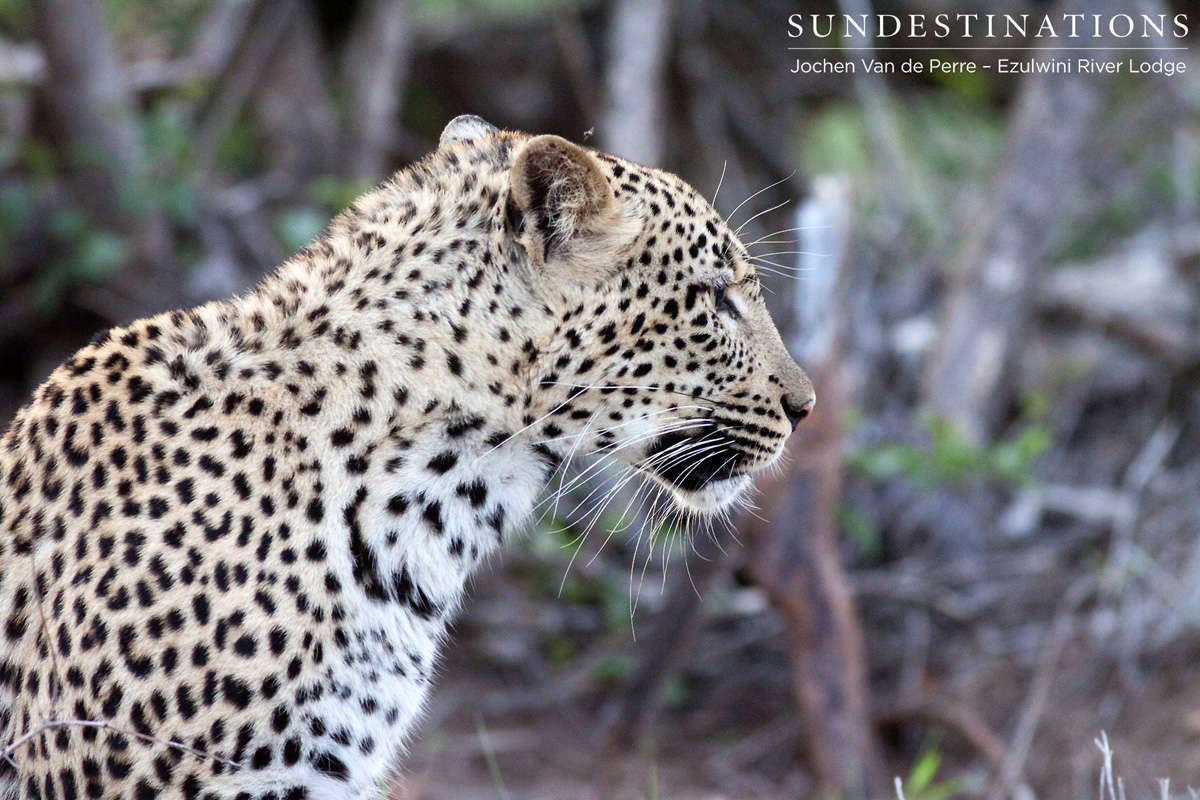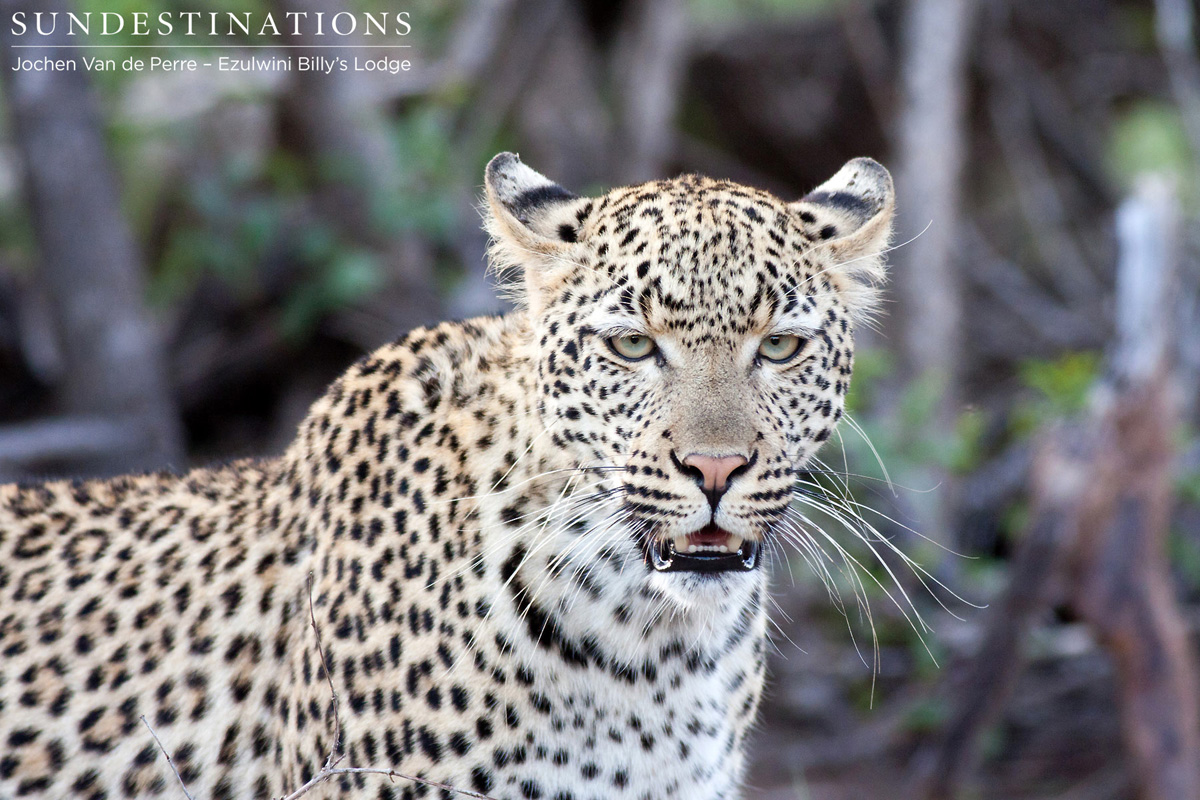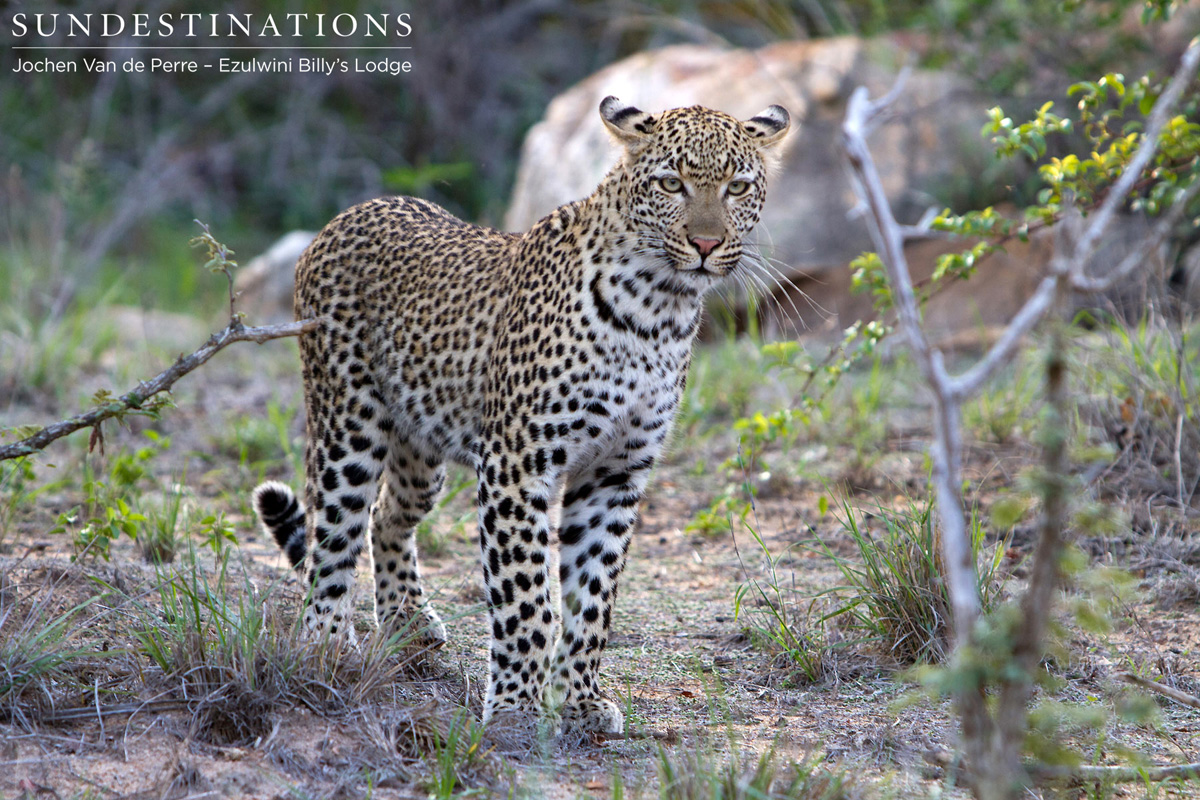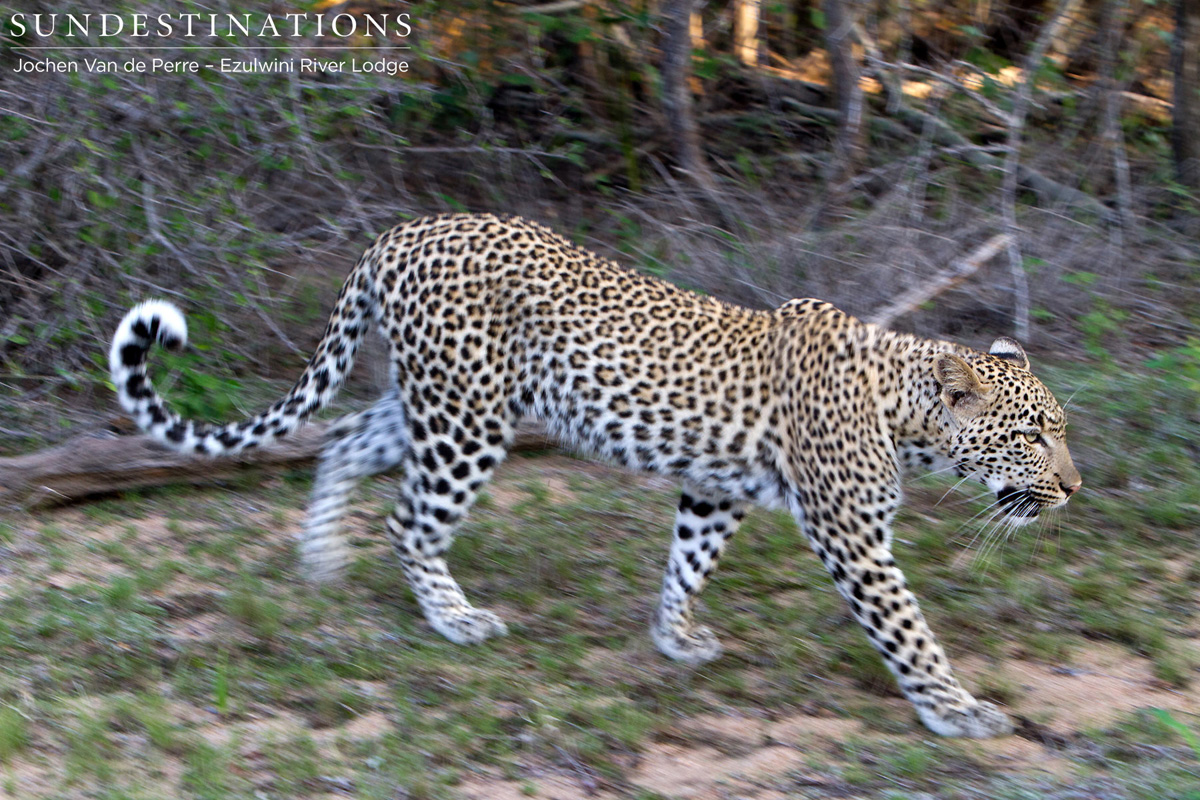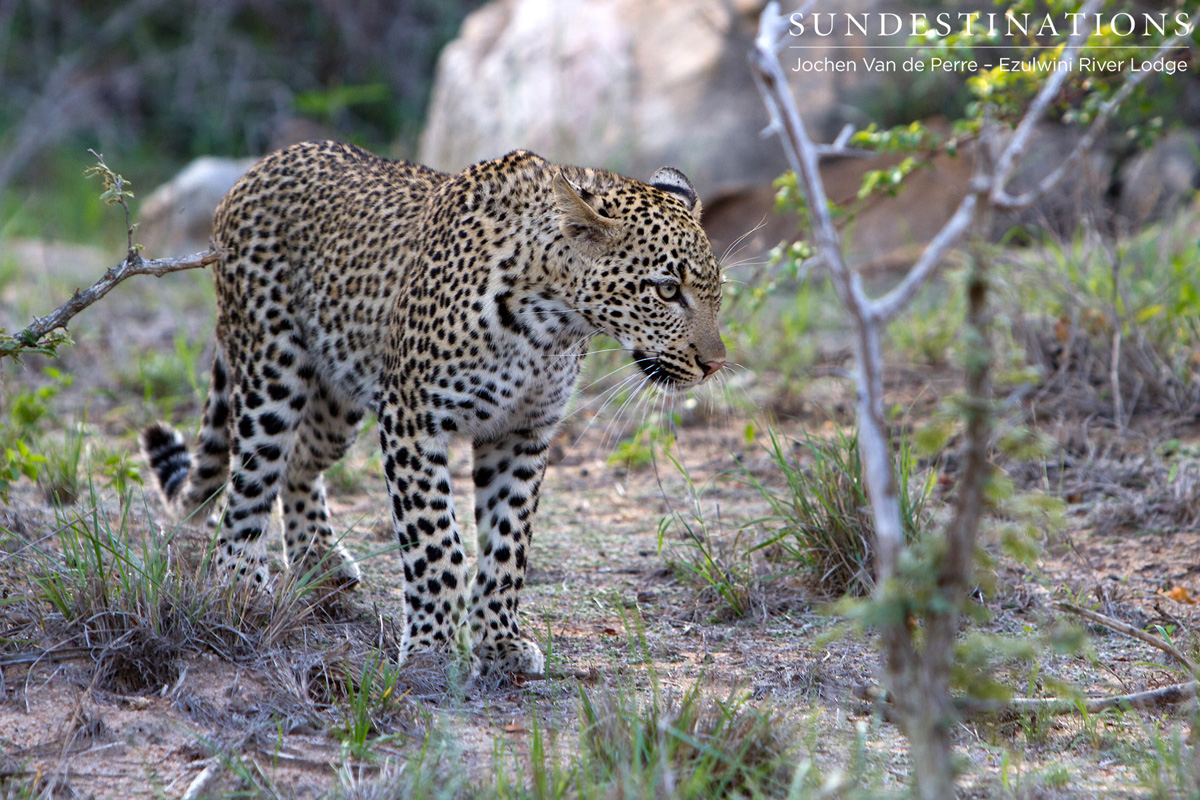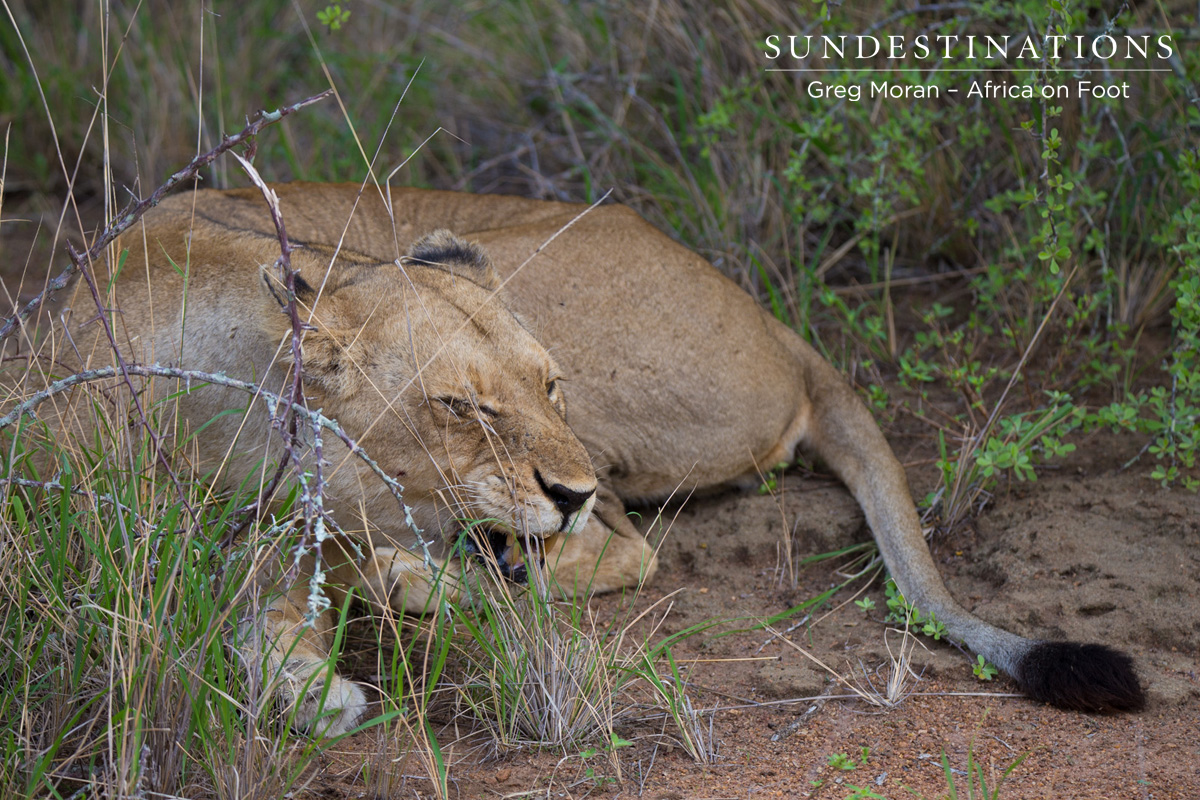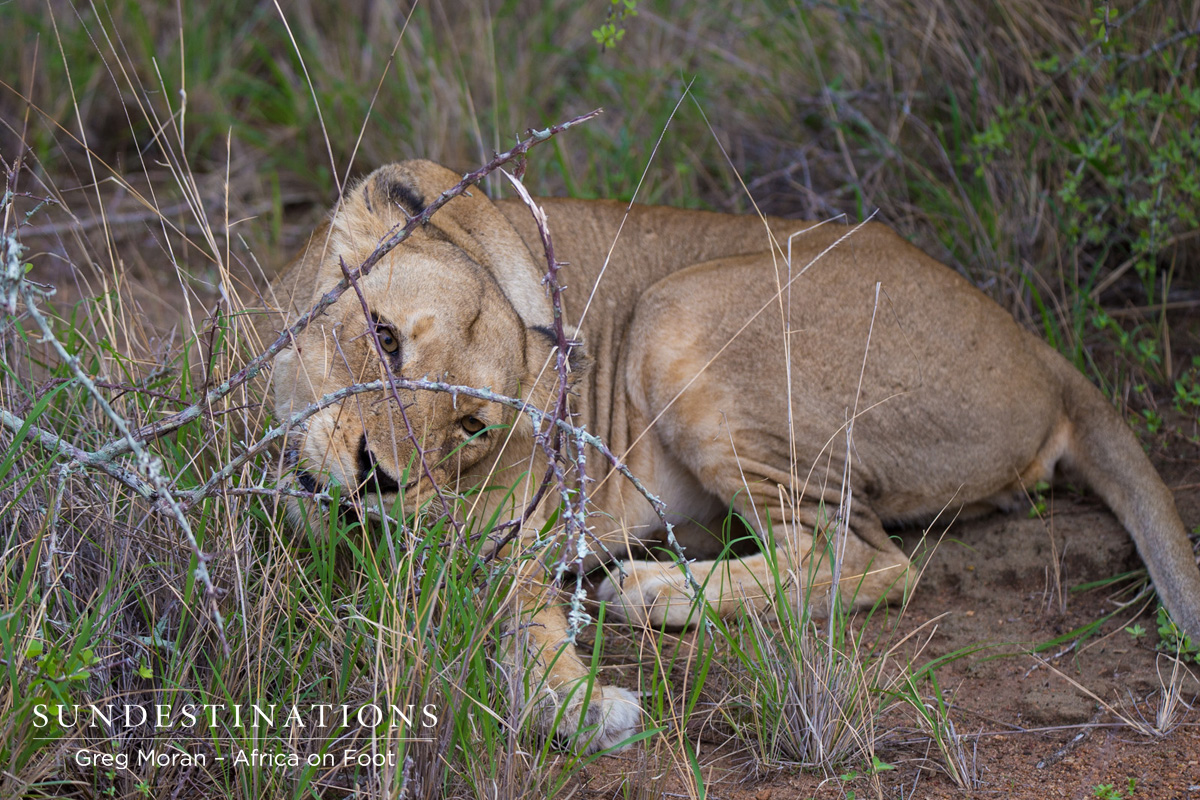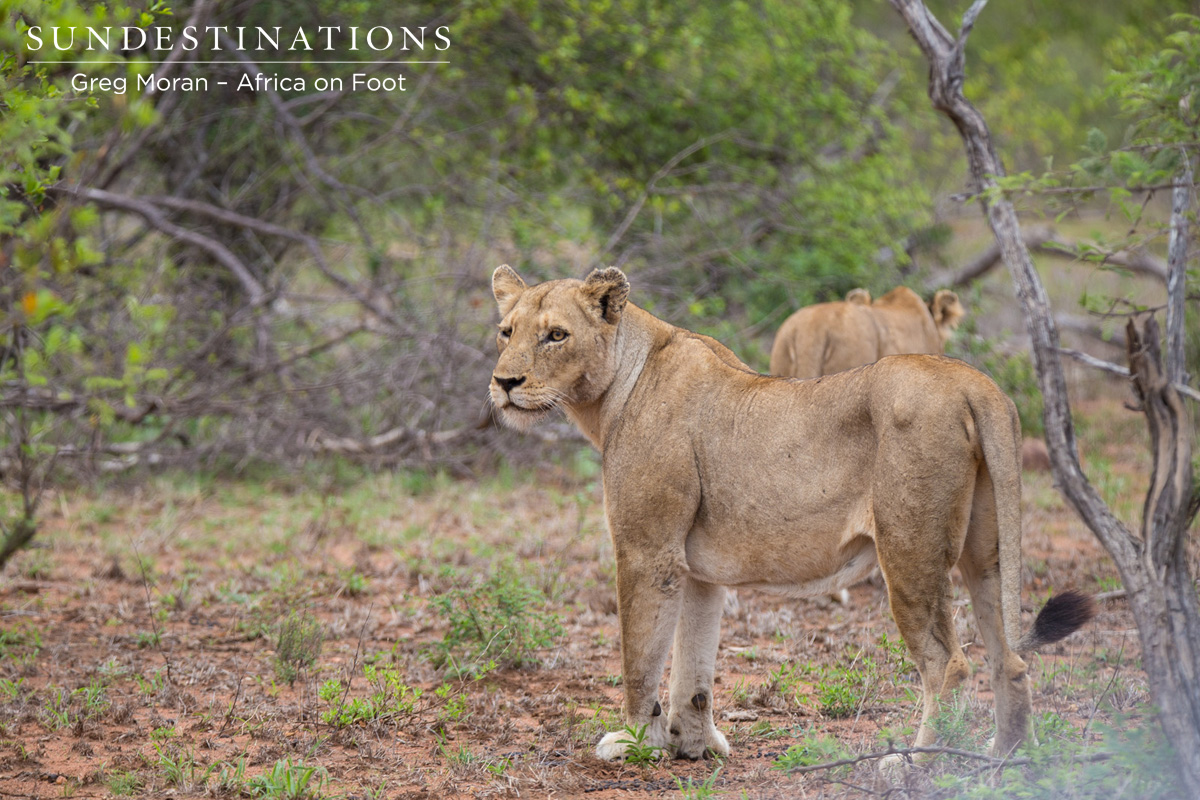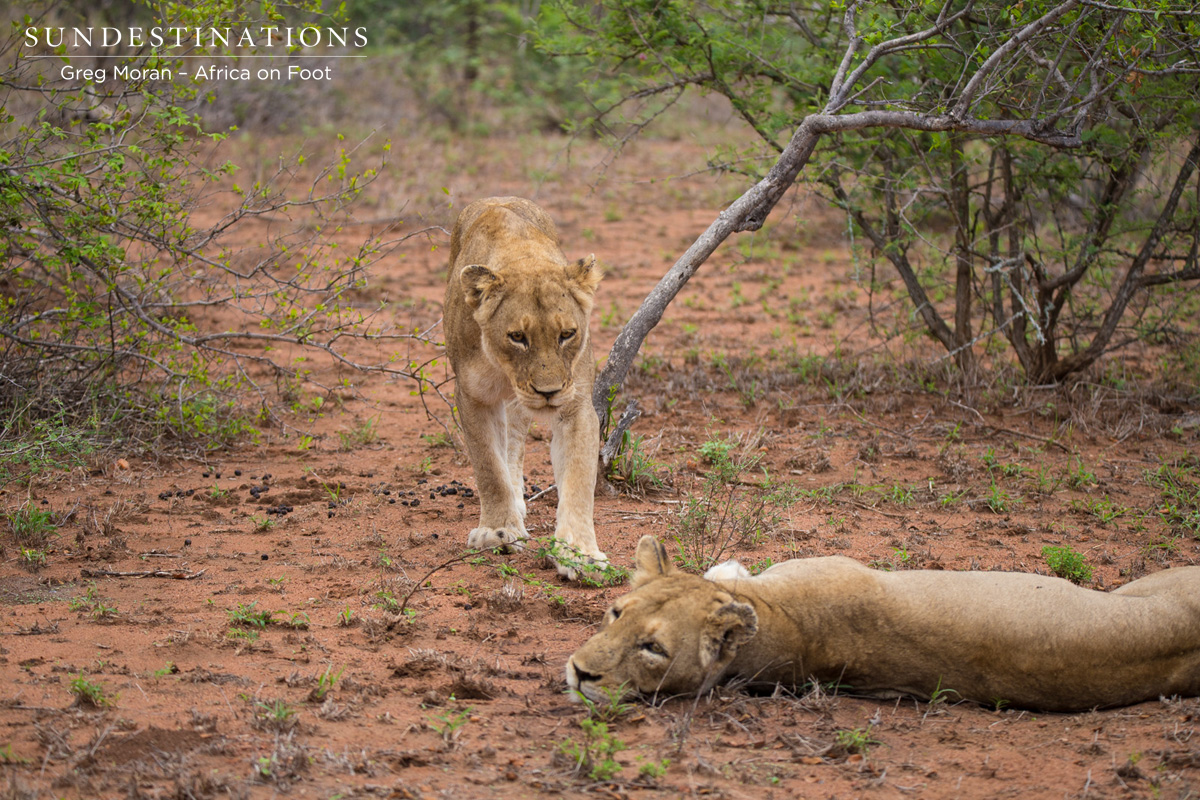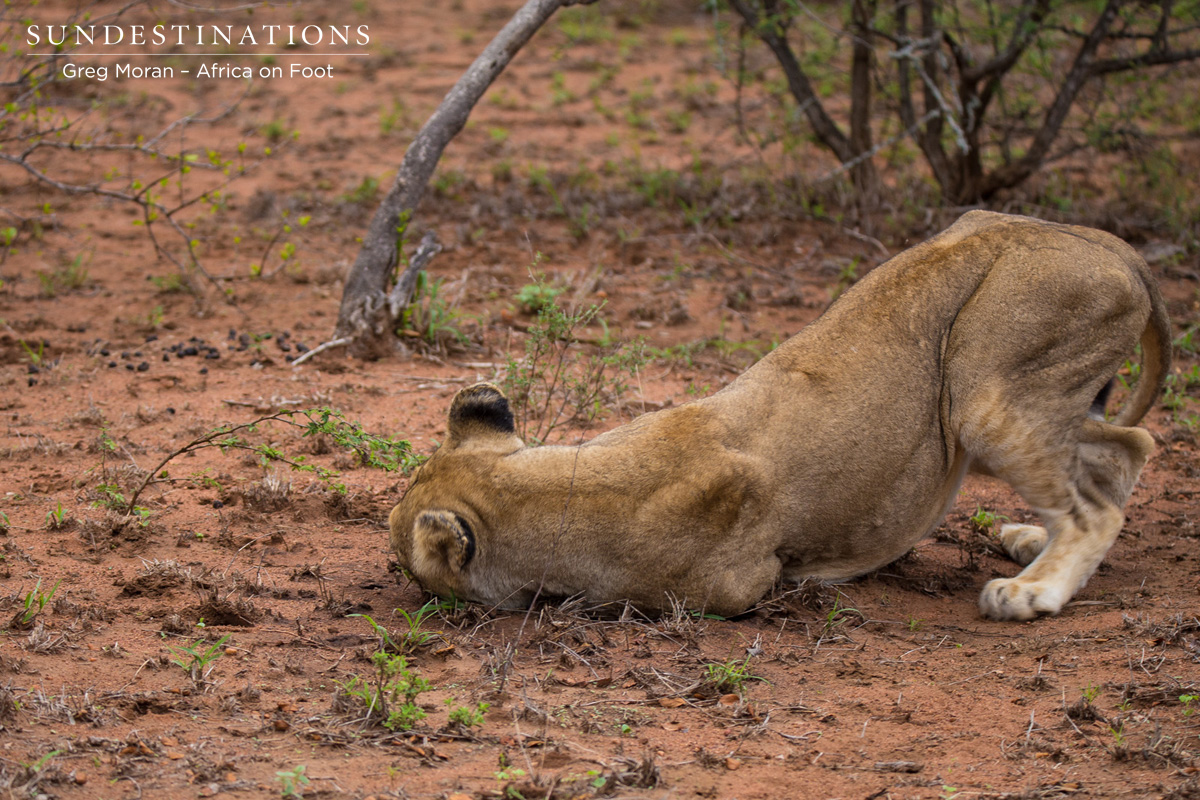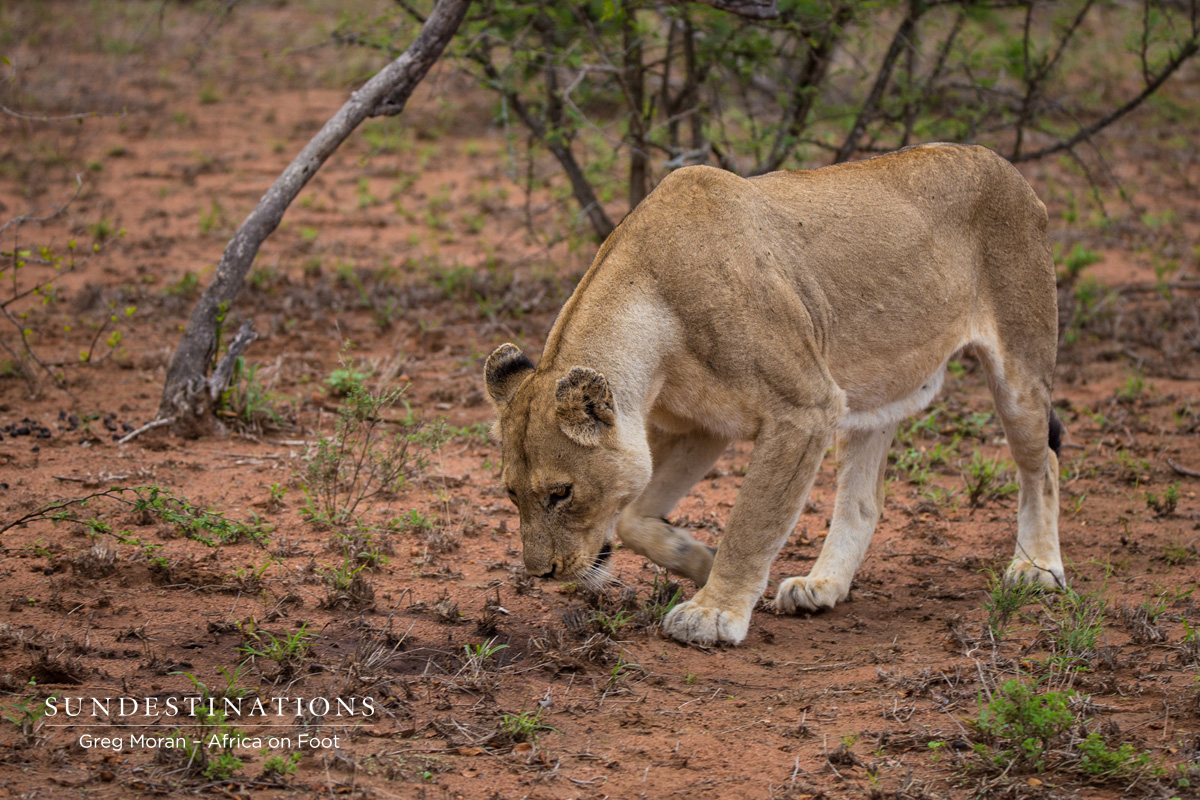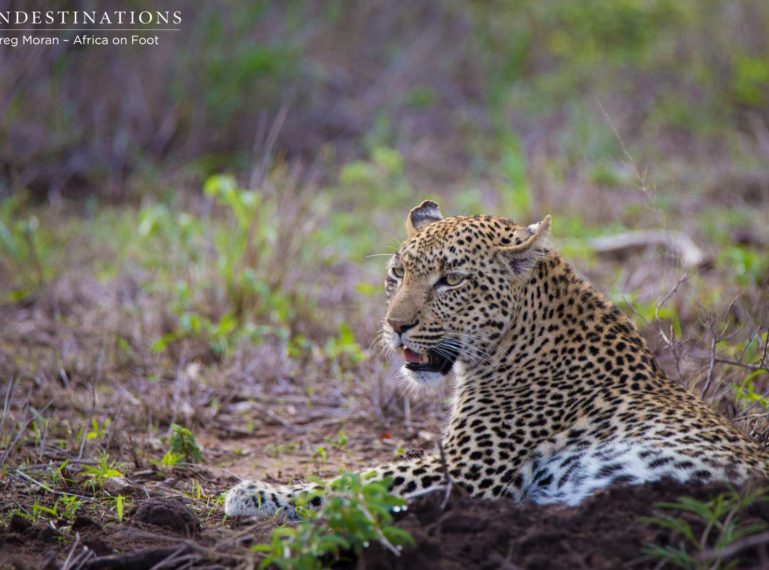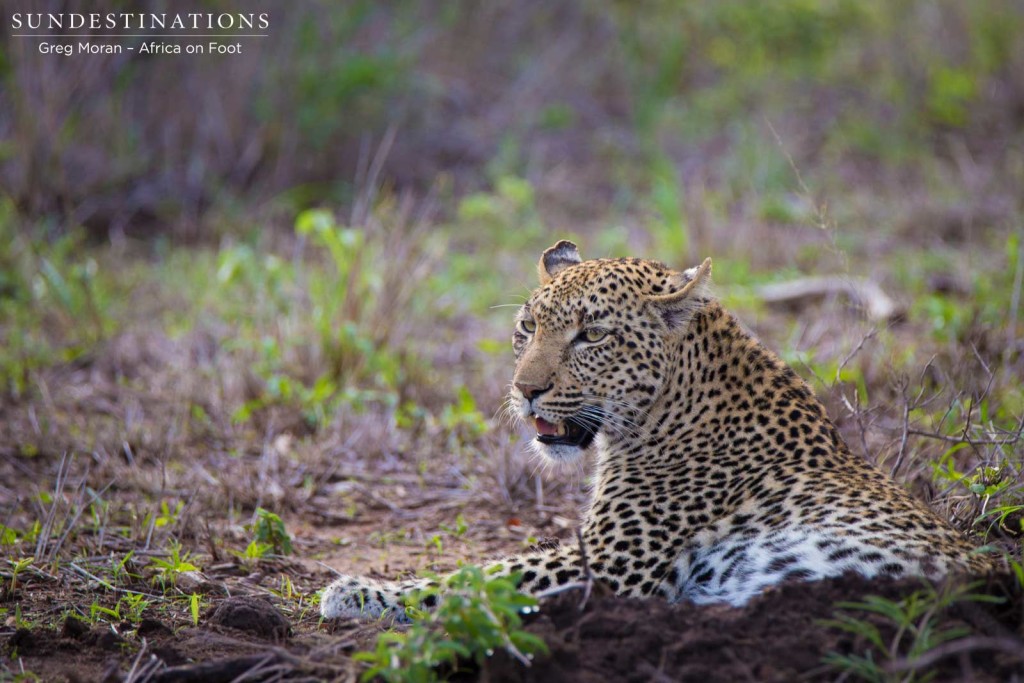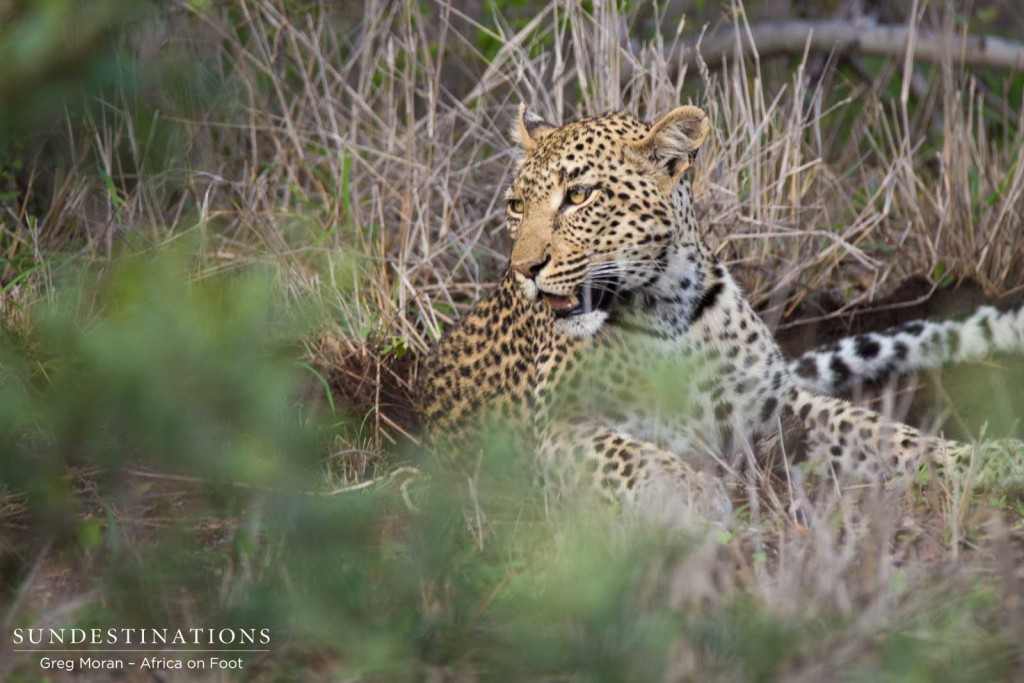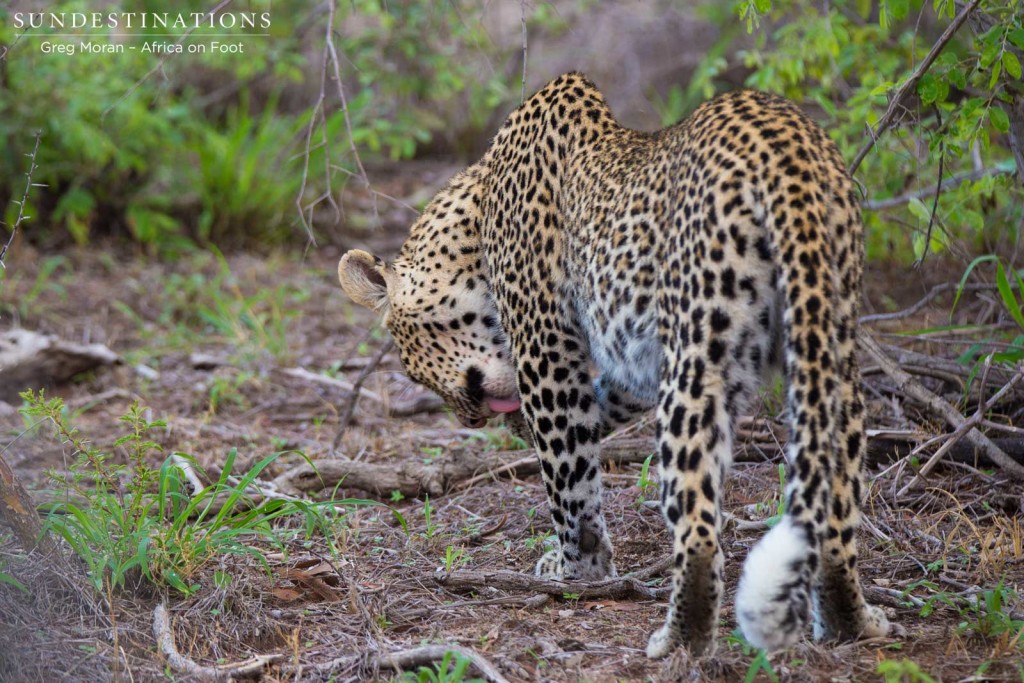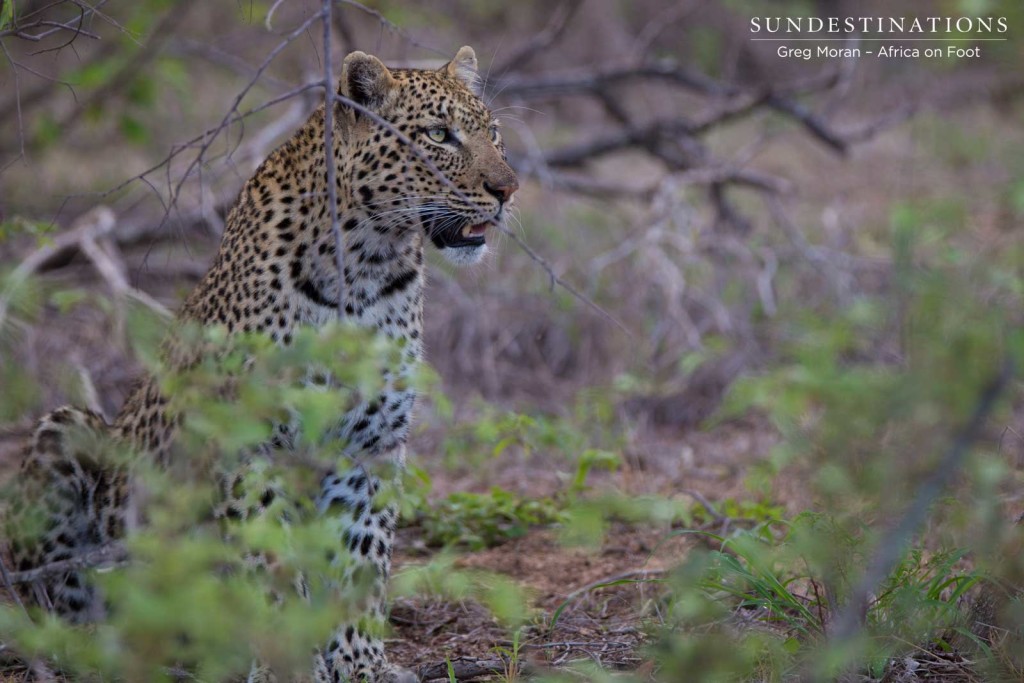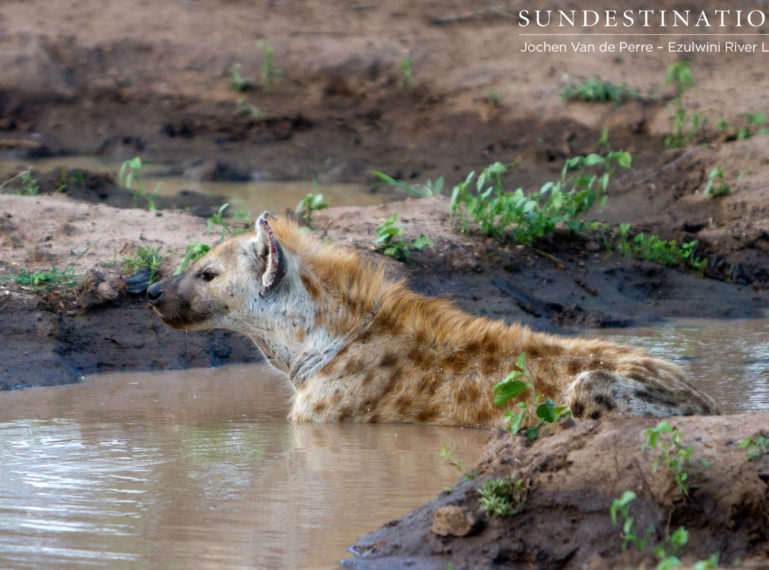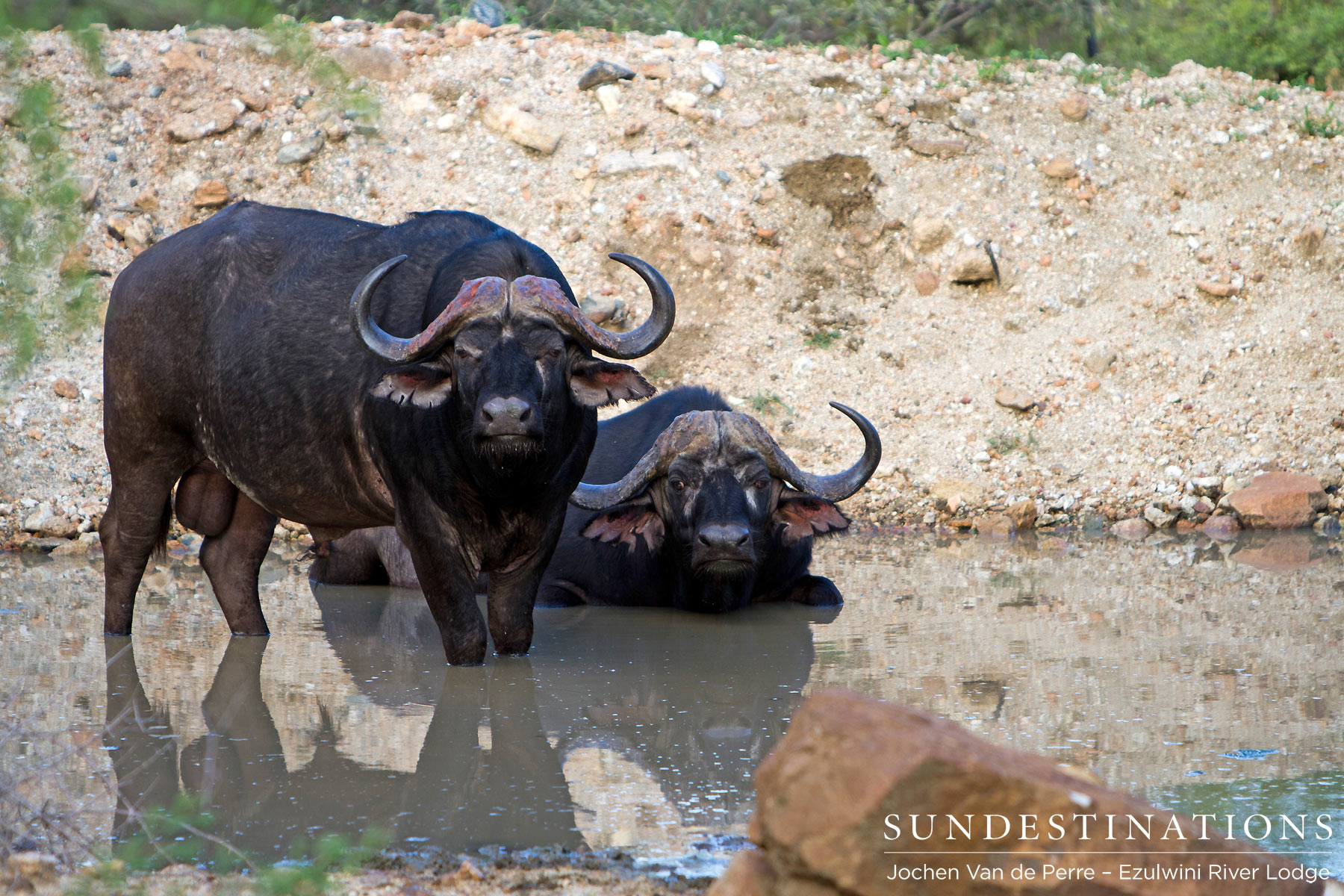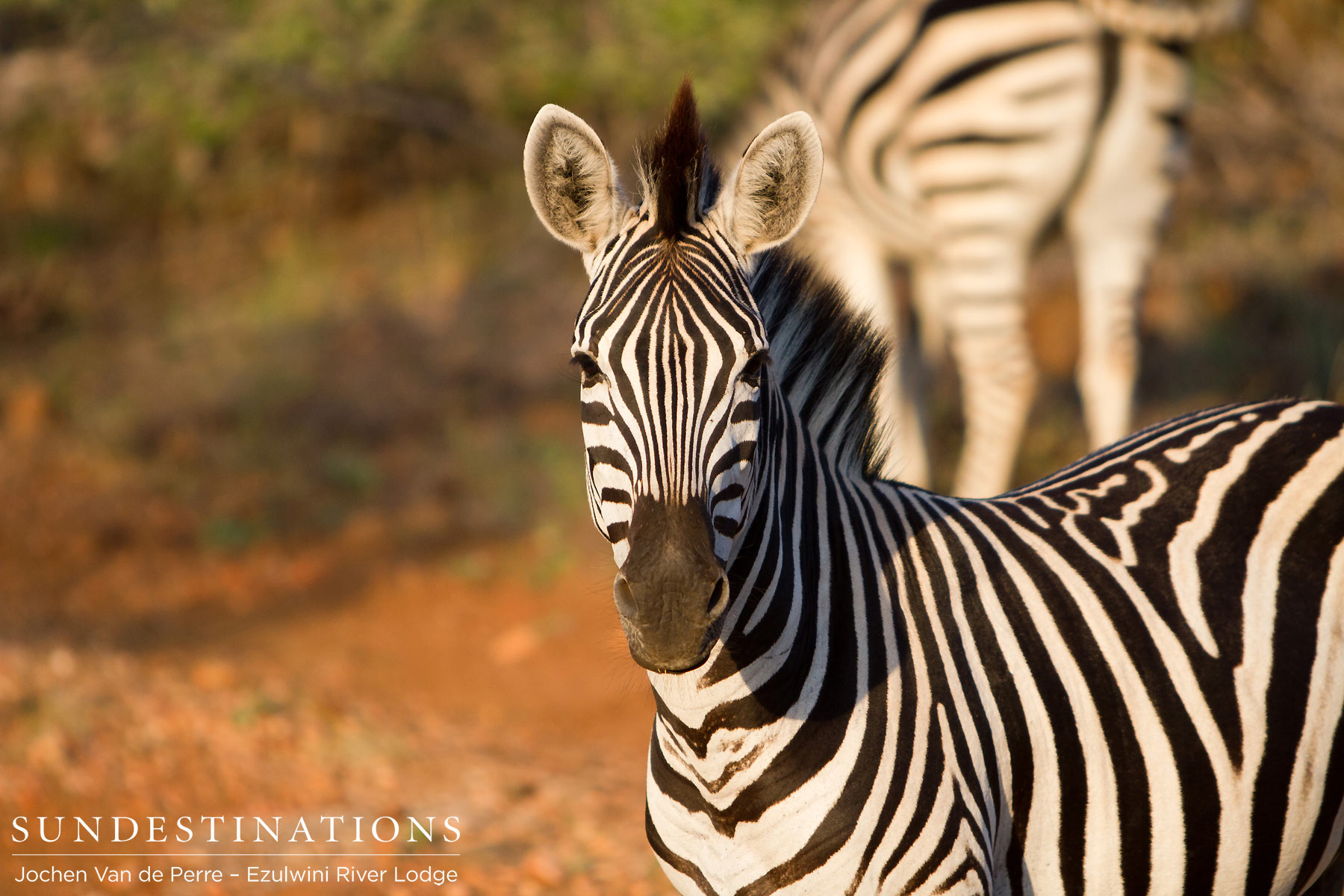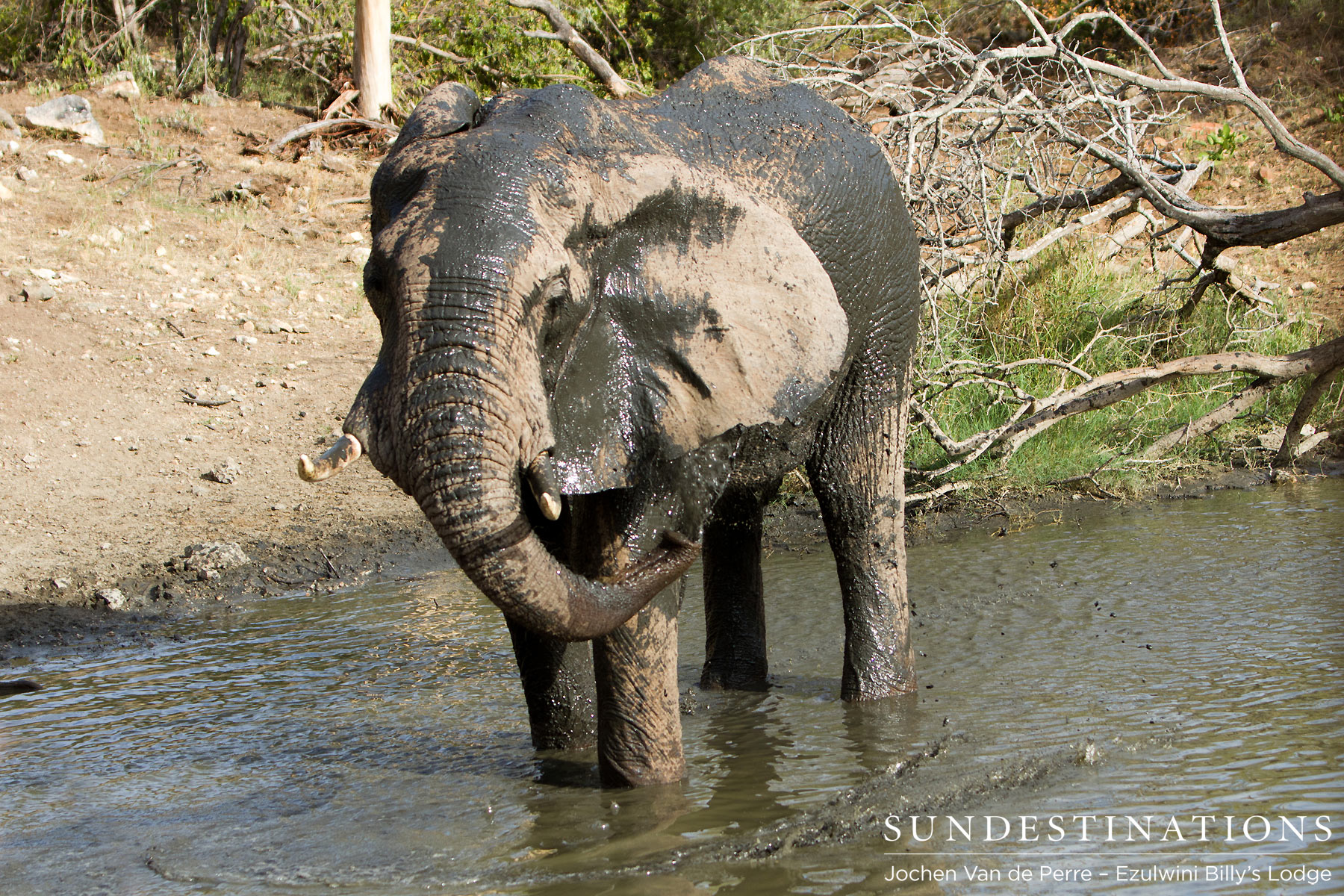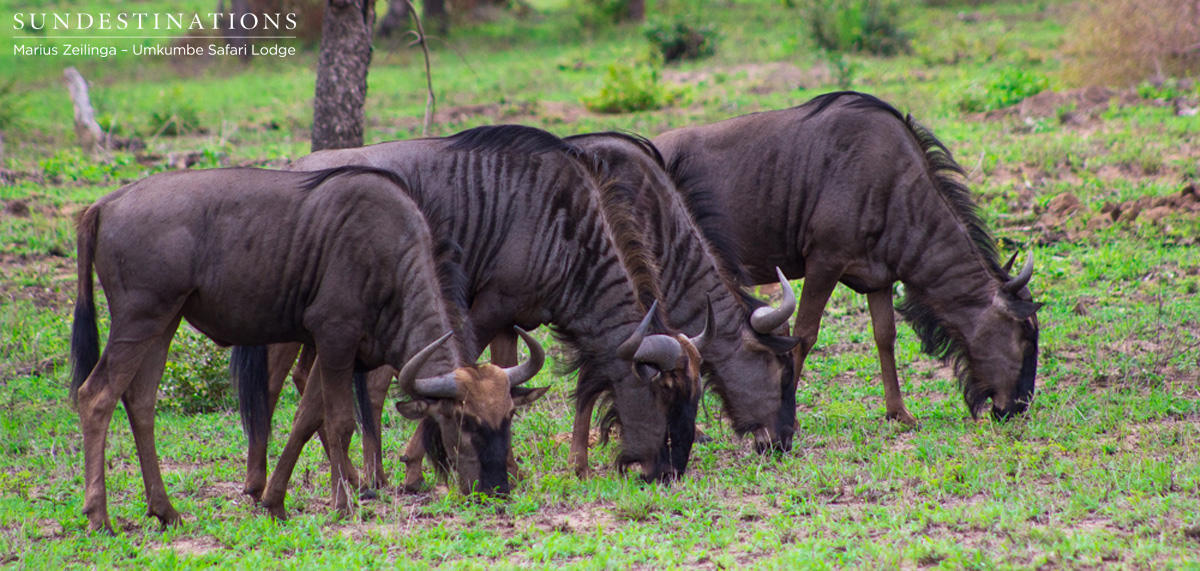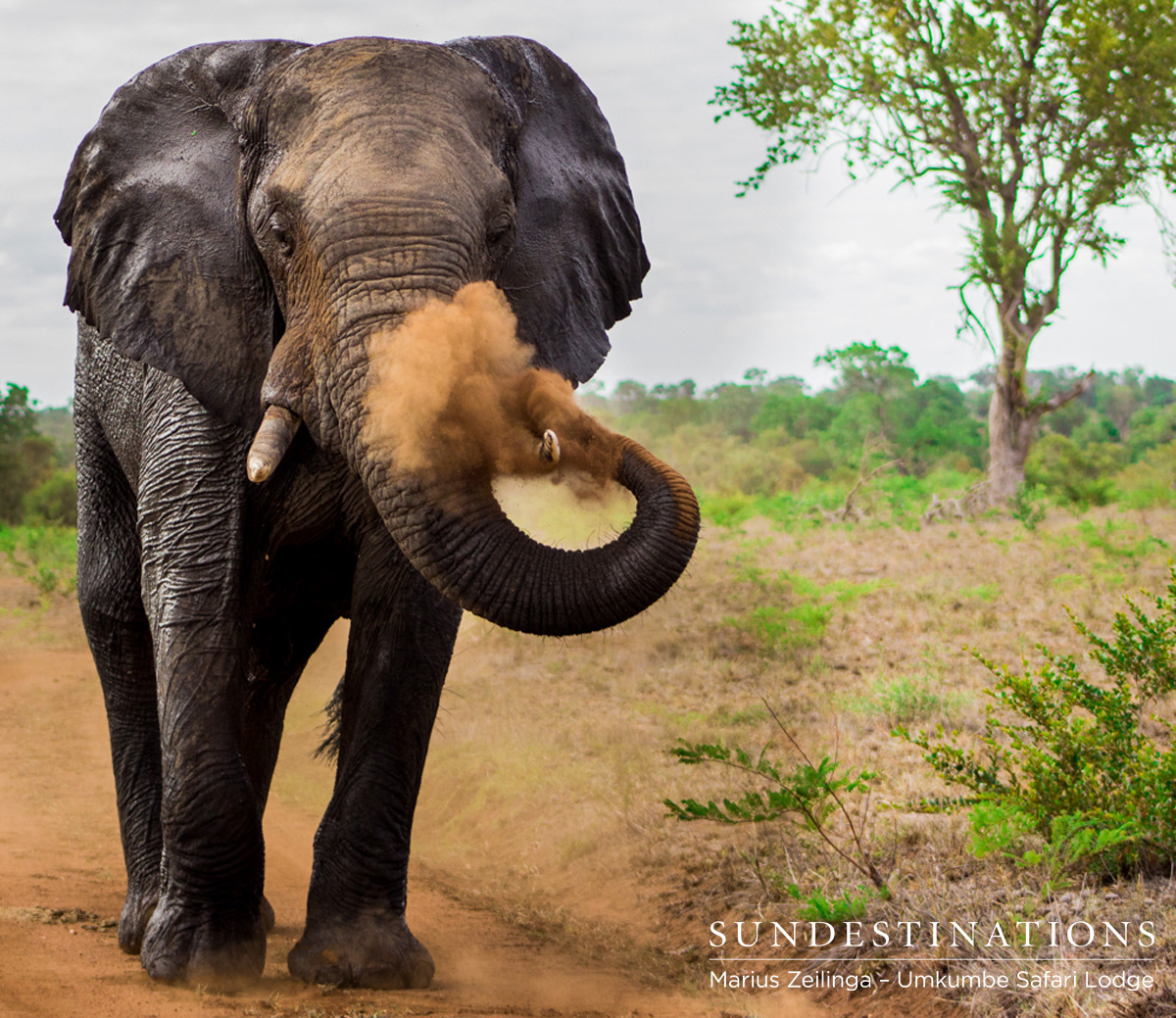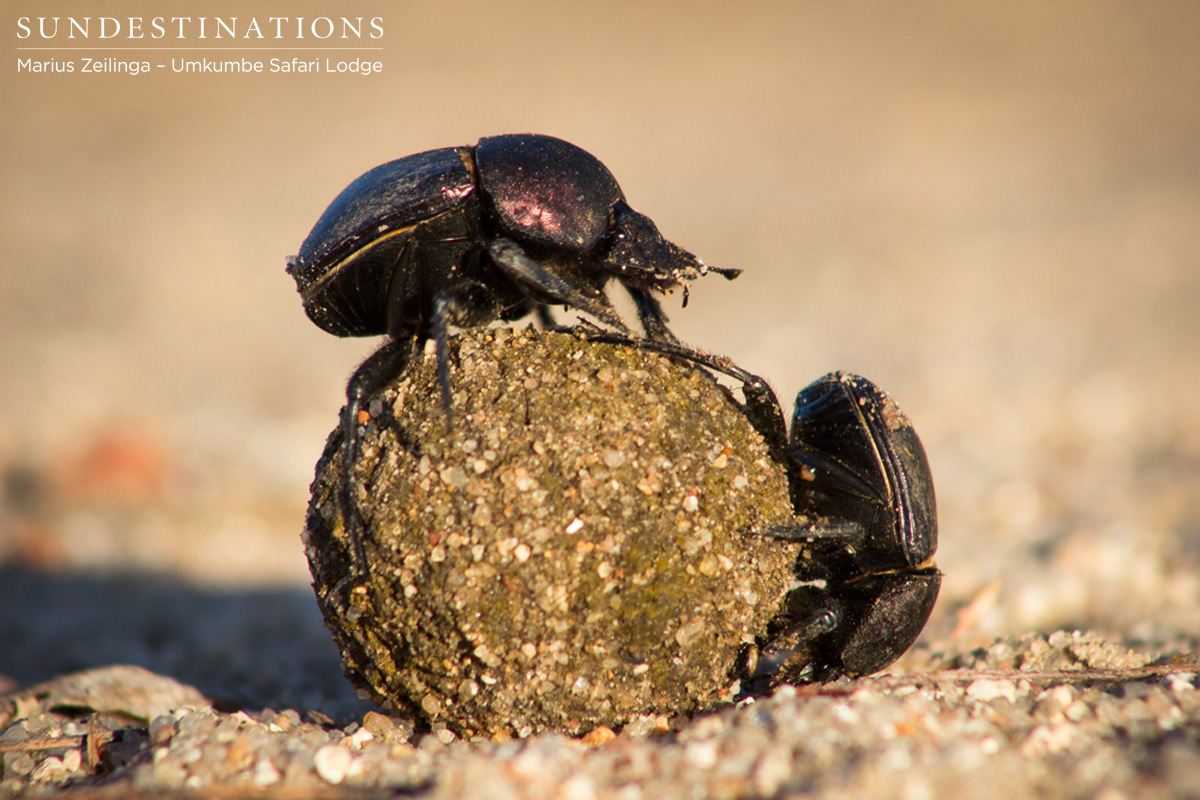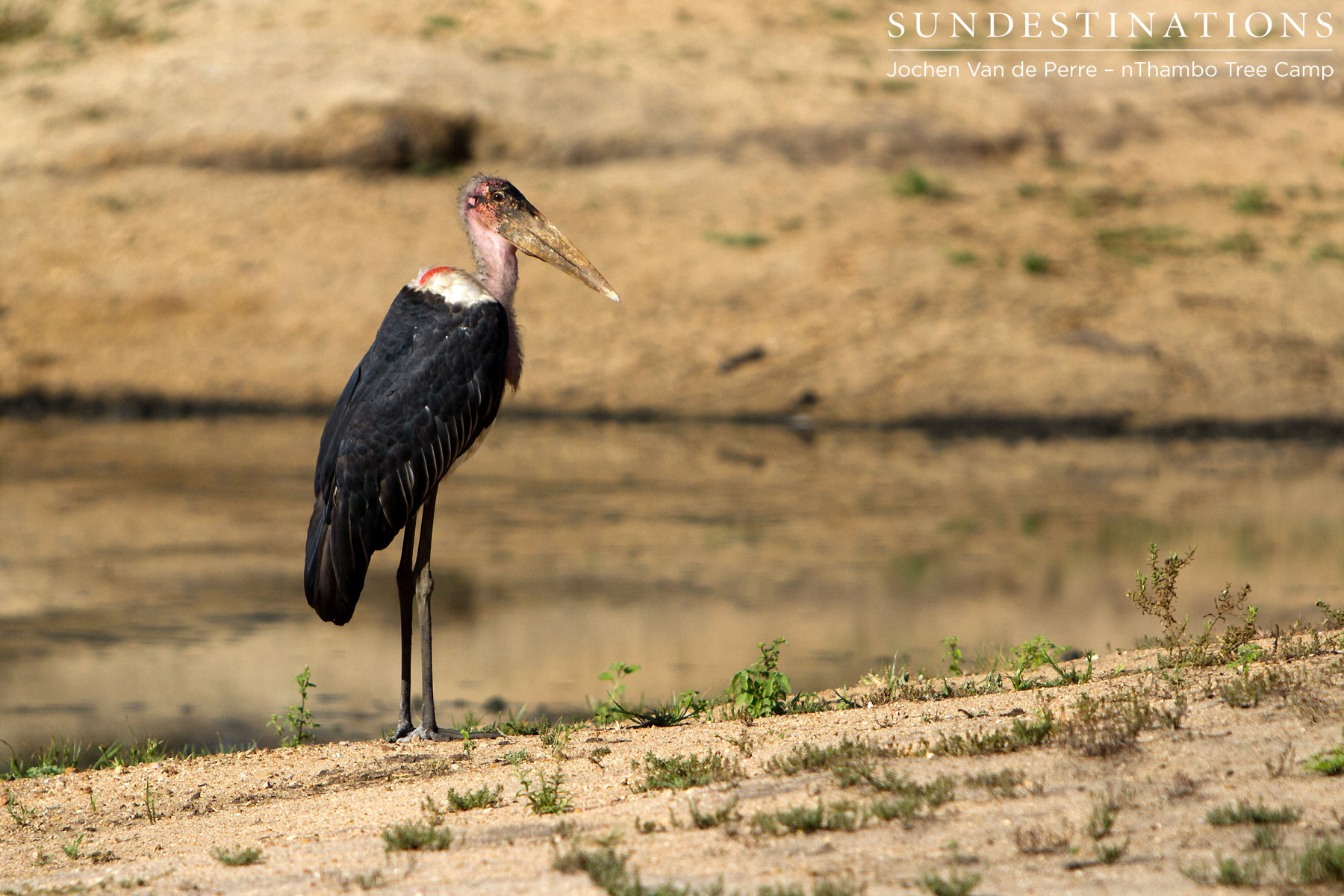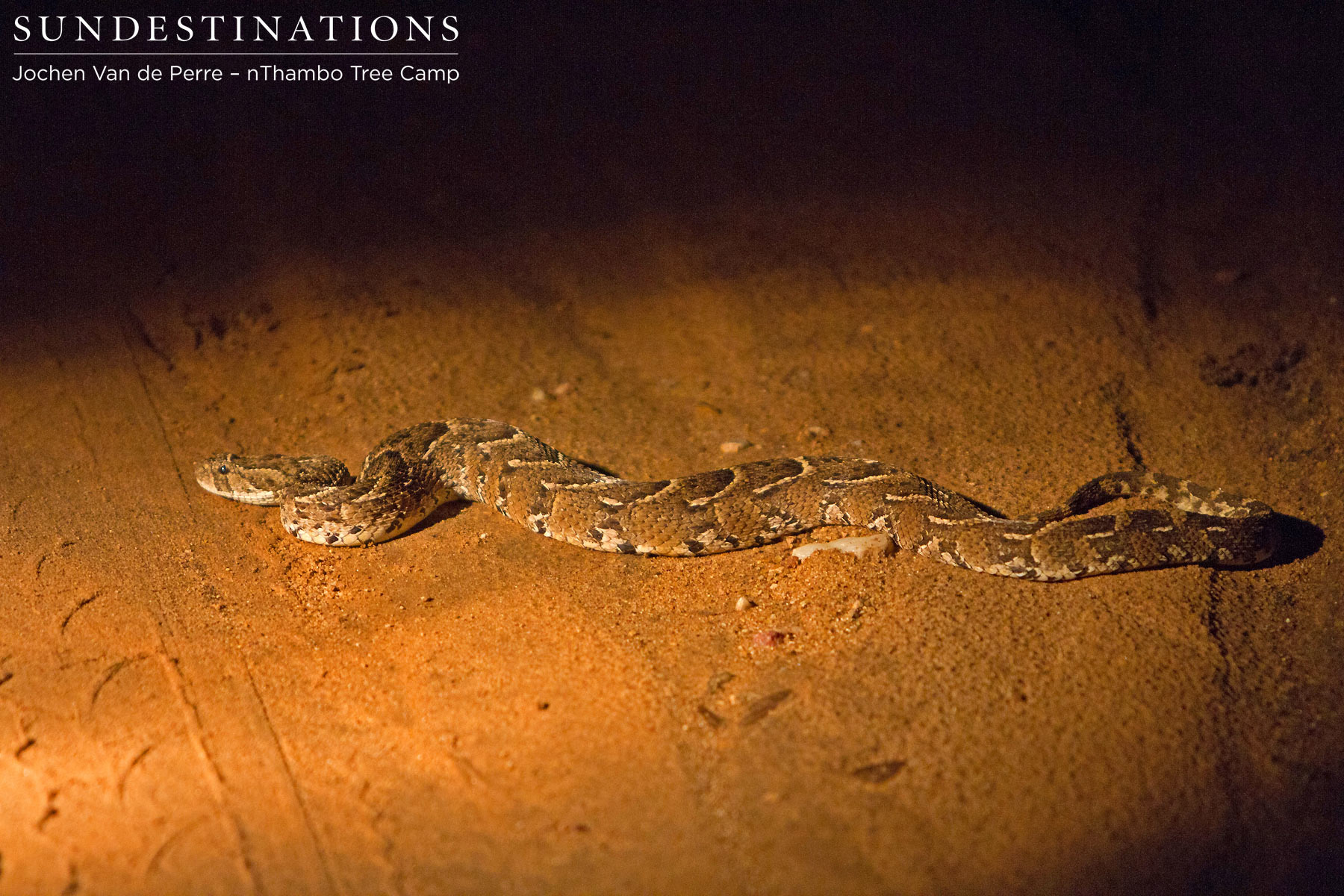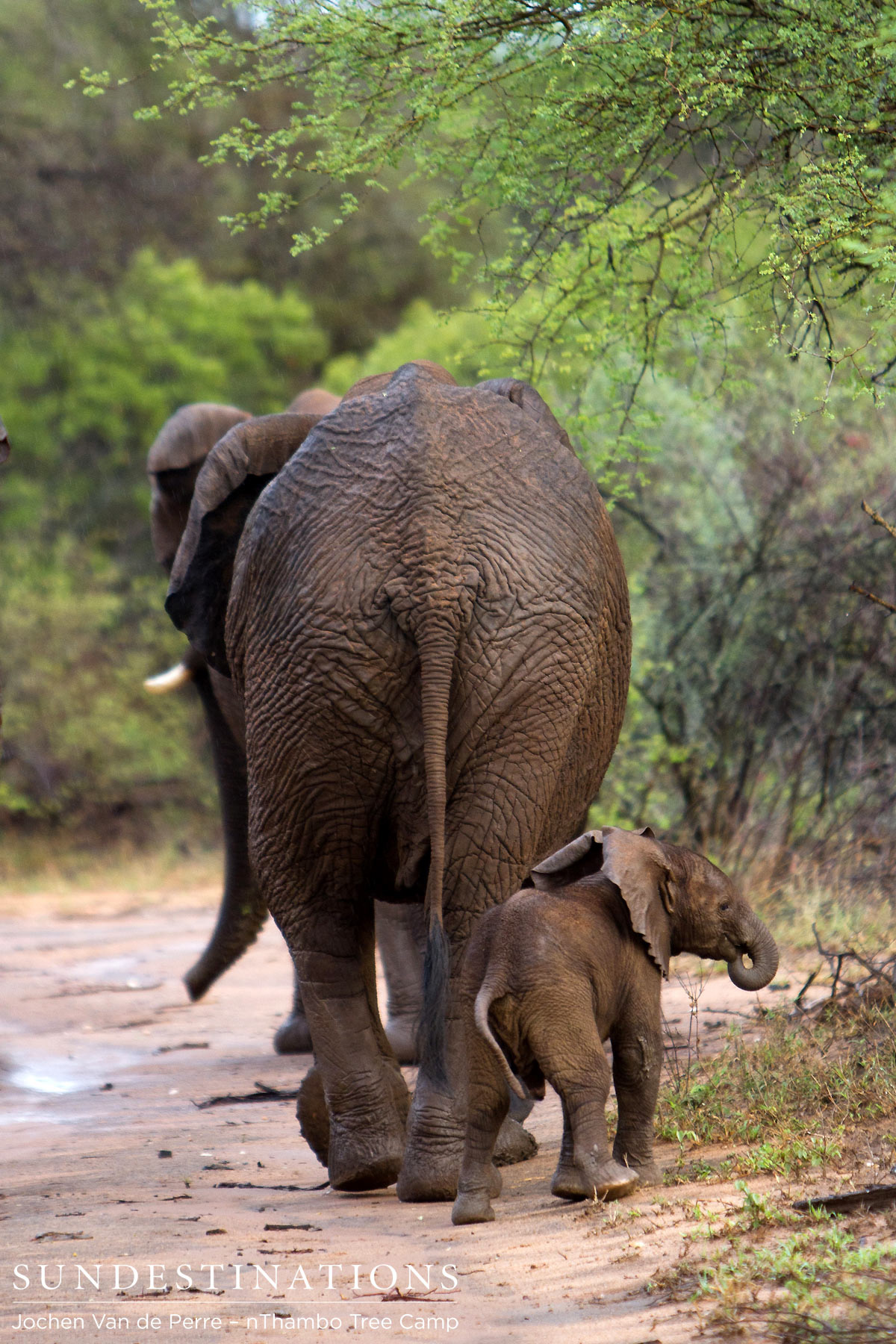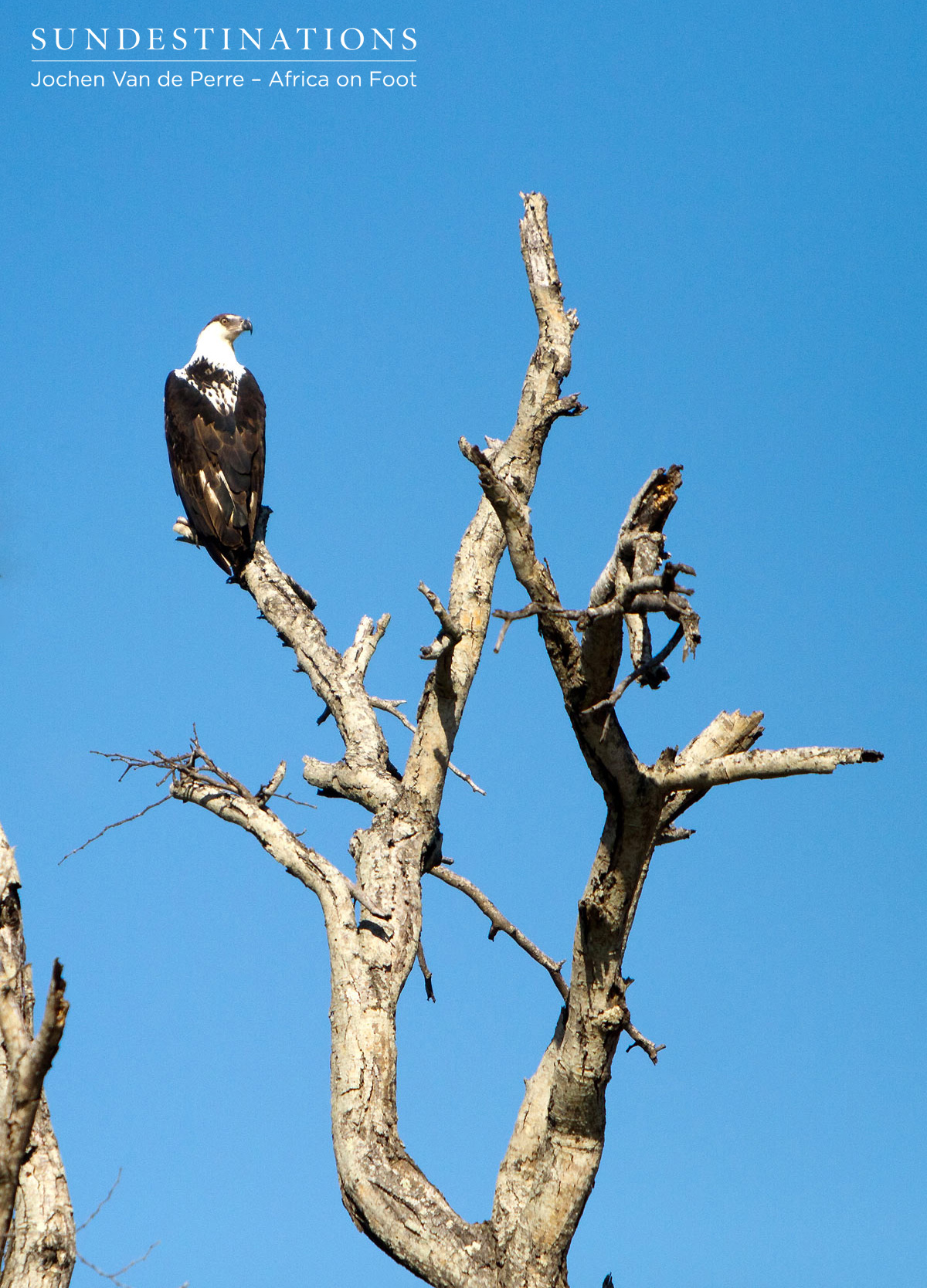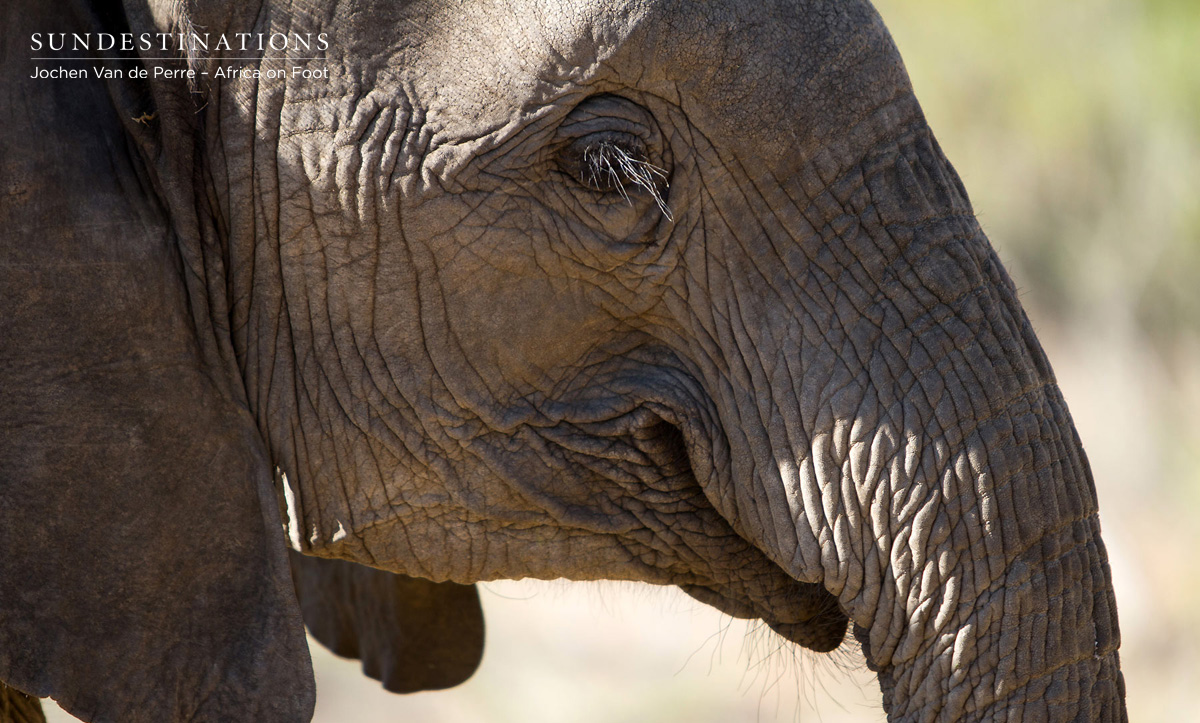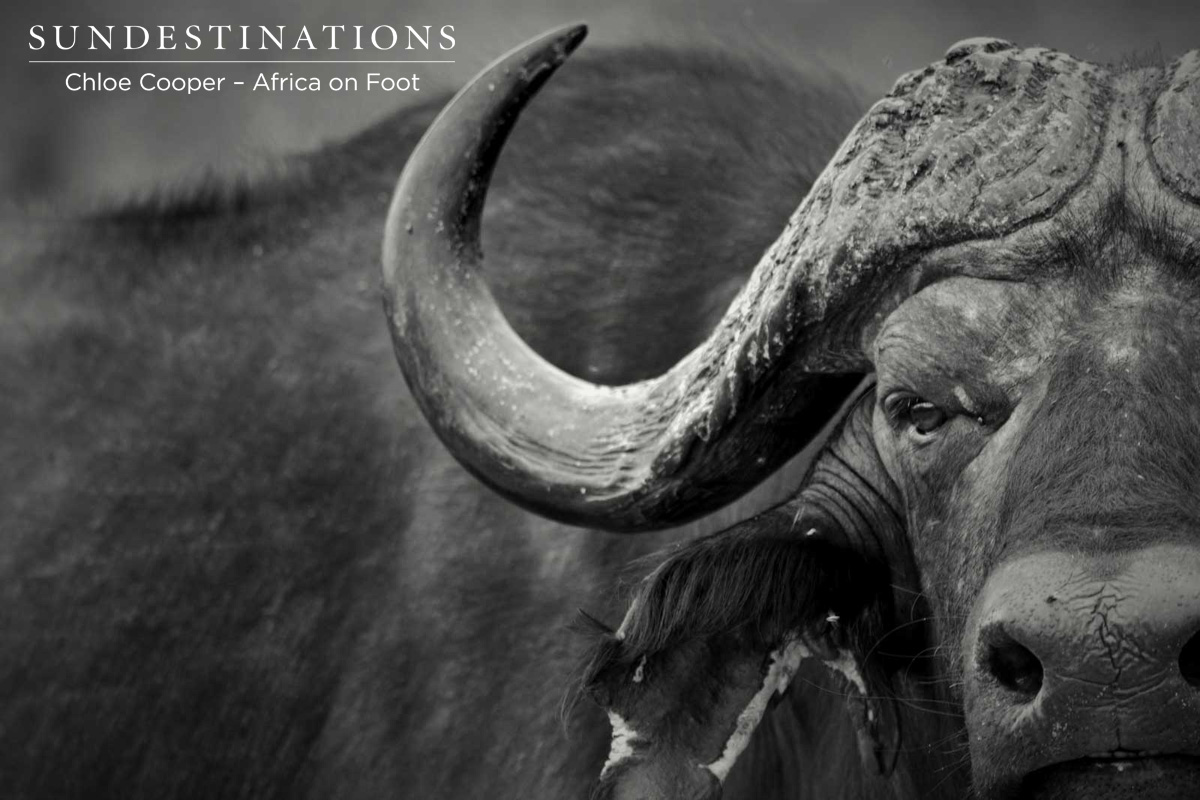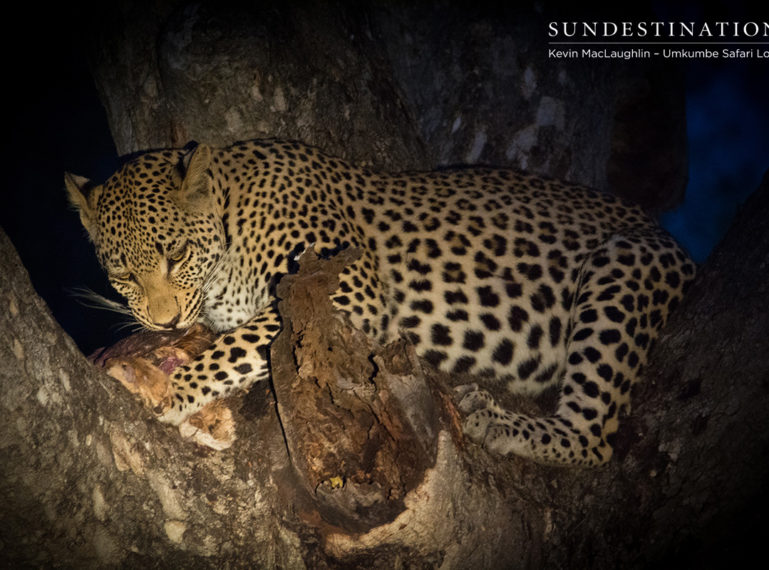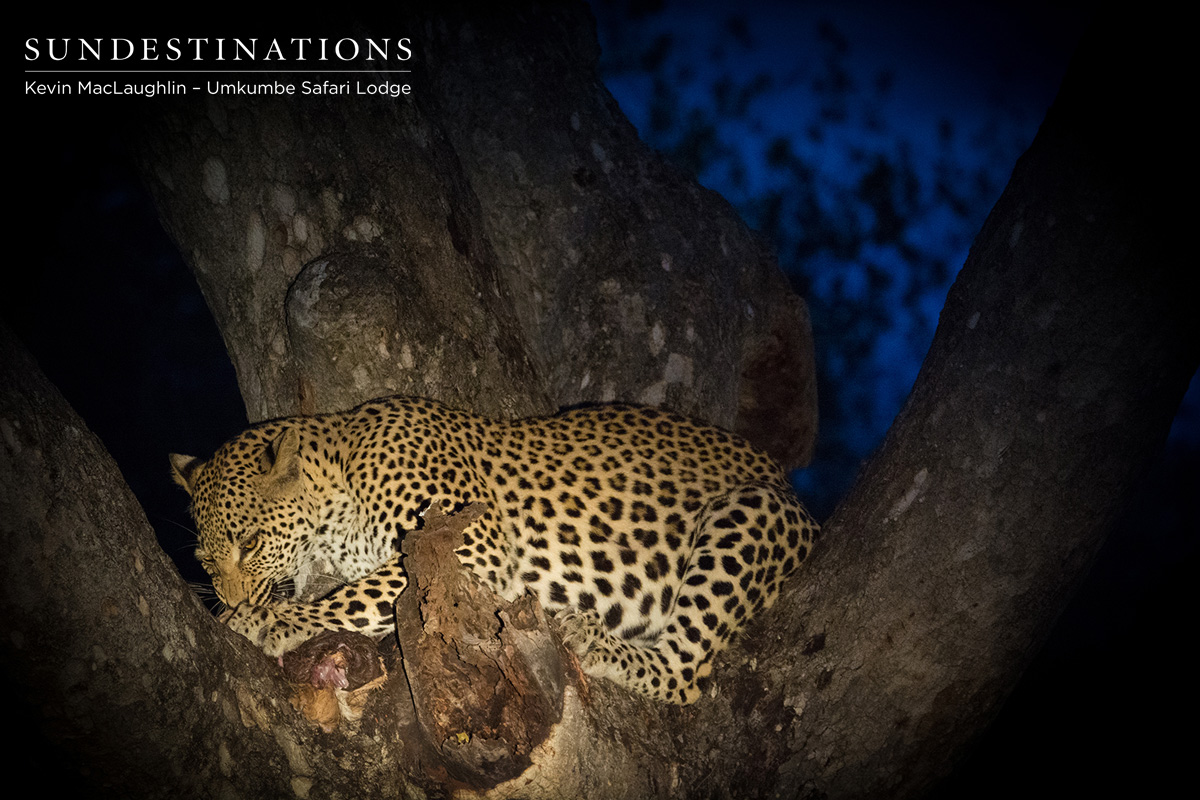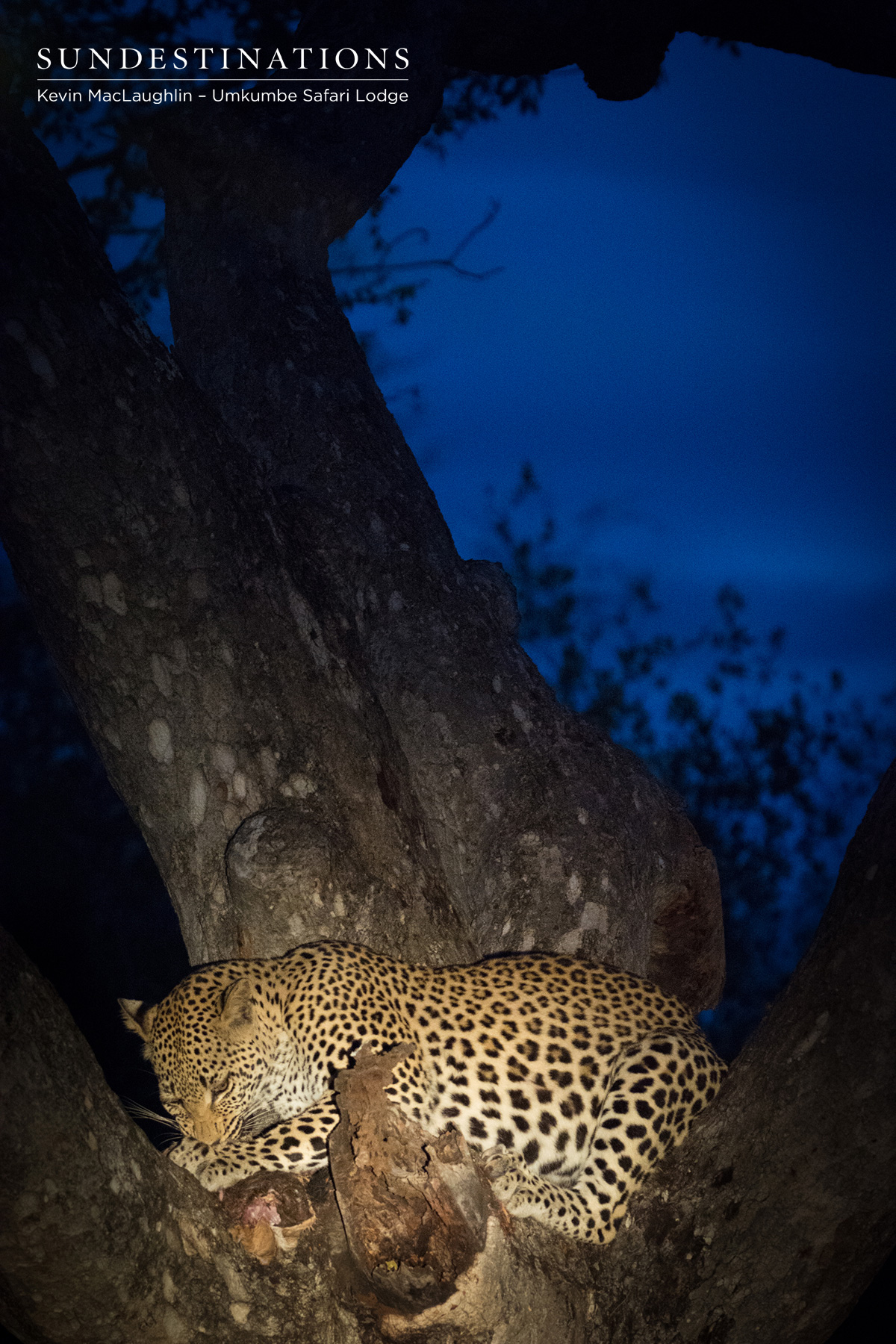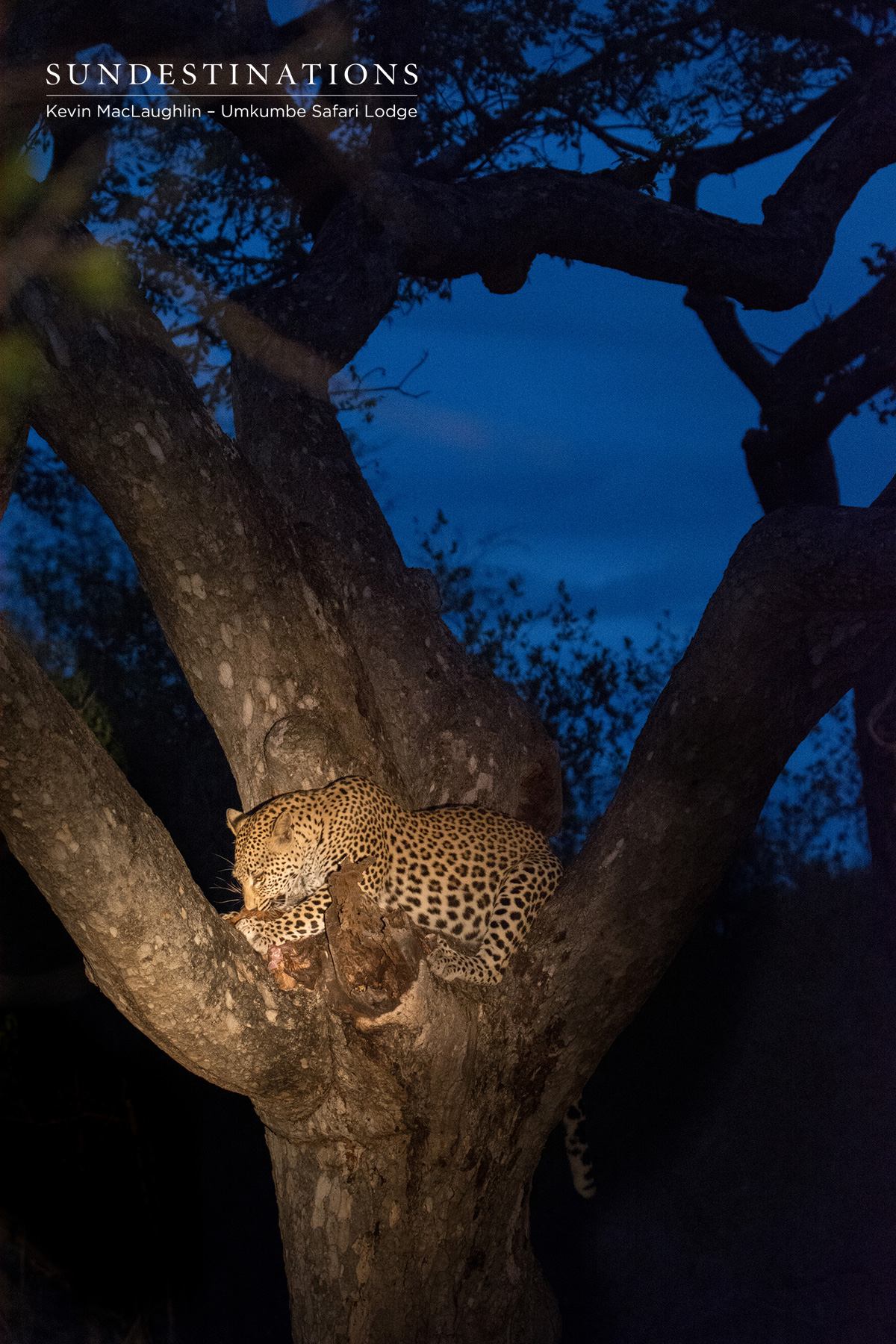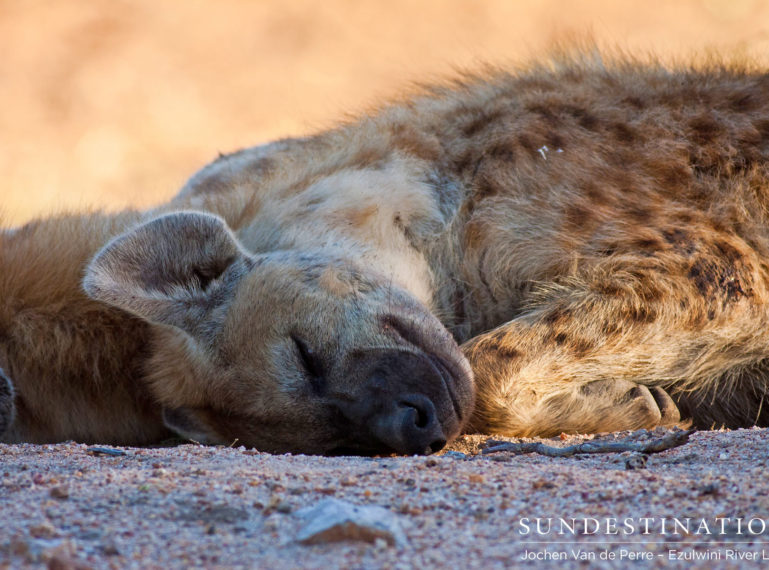
This April – When Hyenas Make a Fool of Super Predators…
The hyena is not the best looking animal but it’s certainly one of Africa’s most successful scavengers and ruthless carnivores. These stout morphologically dog-like creatures are the most misunderstood species in the safari world. Notorious for being cowardly, cunning thieves and unrepentant killers; it’s no surprise that they have a bad reputation. Hyenas are actually highly social, intelligent and successful hunters. They play a vital role in the ecology of a specific area and are both the thinkers and doers of the animal kingdom. And they certainly know how to make our feline friends look weak and foolish!
If there’s an opportunity to steal a kill, they’ll charge in with a sense of bravado and whip the carcass away. Hyena’s often make a fool of super-predators by stealing their kill out from under their noses! There are often showdowns and anarchy between big cats and hyenas, which is always incredible to watch.
When the hyenas have retrieved a kill, they’ll emit a series of cackles and vocal calls, which signals to the rest of the clan that “dinner (take-aways)” is ready. The calls sound like laughter, which adds to their bad reputation. It seems like they are poking fun at the victim after stealing their meal! Then again, why do the dirty work if a big cat is going to do it for you?
Hyenas have an acute sense of smell and can sniff out a fresh kill from quite a distance. They also use their lateral thinking ability and follow vultures to a carcass, where they rally around in clans to devour every morsel. Hyenas are not fussy eaters and will crunch on bones, flesh and even the surrounding vegetation. Being indiscriminate feeders means they clear the immediate area of all debris which prevents the spread of disease. Many refer to them as the “clean-up” crew of the safari world because they leave no stone unturned.
But wait. Hyenas are not only notorious scavengers but they’re also incredible predators. A hyena’s kill method is to wear out their target by chasing them at an average pace for about 3 km. They hunt collectively, so if the main runner in the clan tires out from the chase, another one takes over – a bit like a relay!
This April Fools’ day we take a look at the ridiculous behaviour we’ve encountered from spotted hyenas in the Kruger. Our witness accounts highlight just how foolish hyenas have made the more revered species look when losing kills to them.
Here are a few witness accounts on how big cats and wild dogs have been duped by these secondary predators.
Toothfairy is a legend in the Sabi Sand. She has a decaying mouth of unsightly rotten teeth and has a mischievous attitude. She’s renown for stealing leopard kills shortly after a kill has been made. Toothfairy is often seen with her cub and is always looking to scavenge on a ready-made meal. Leopards will rather discard their kill than put up a fight. They cannot afford to get attacked by the powerful jaws of a hyena. Sorry leopards of the Sabi Sand, but Toothfairy does have the ability to make you look weak and foolish!
The Balule recently lost a legend Tusker, a fallen giant who roamed the Balule traverse. There was much sadness surrounding the death of this majestic elephant called Shoshangane. Now, as nature continues to take its course, Shoshangane’s body has become part of the ecosystem, feeding a variety of carnivorous critters. The hyena clans got there first and wasted no time in feasting off the carcass. Absolutely ruthless opportunists – jokes on the rest of the scavengers and predators, the hyenas got there first! Plenty of incredible hyena sightings in the Balule because of the abundance of big cats.
The African wild dog is a rare and nomadic species fondly referred to as the painted dog. One morning in the Klaserie, the dogs conducted three kills – one of which was stolen by a hyena.There was quite a scuttle between to the dogs and hyenas. What an incredible experience for guests at nThambo Tree Camp to witness the interaction between the notorious hyenas and the skilful wild dogs.
Painted as a thief and tainted by negative connotations, hyenas are by far the most misunderstood creatures of the Kruger. The Hyaenidae is a competent predator, successful scavenger and a delightful eco-warrior boasting a range of vocal calls. How can you not respect this talented species?
